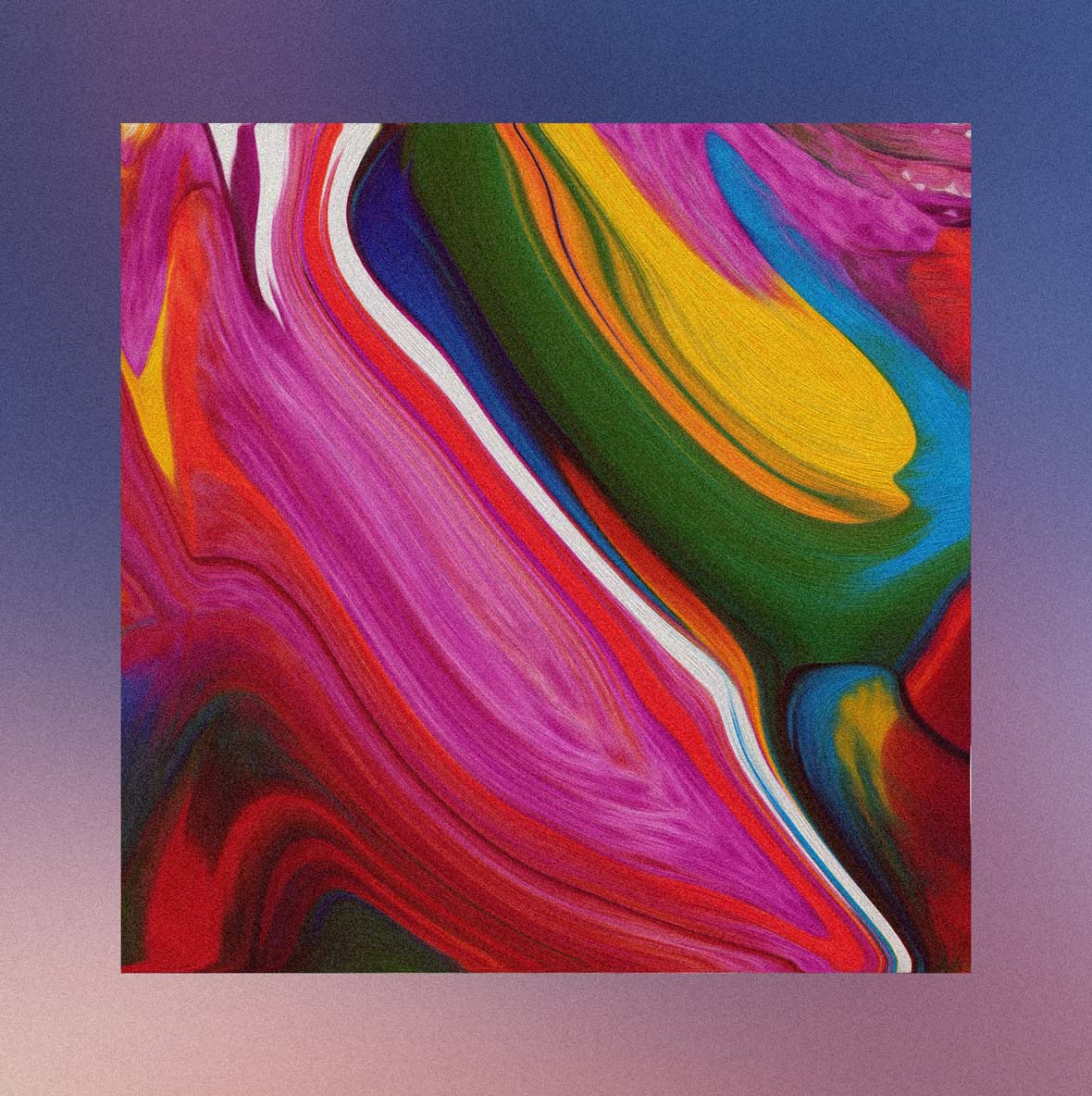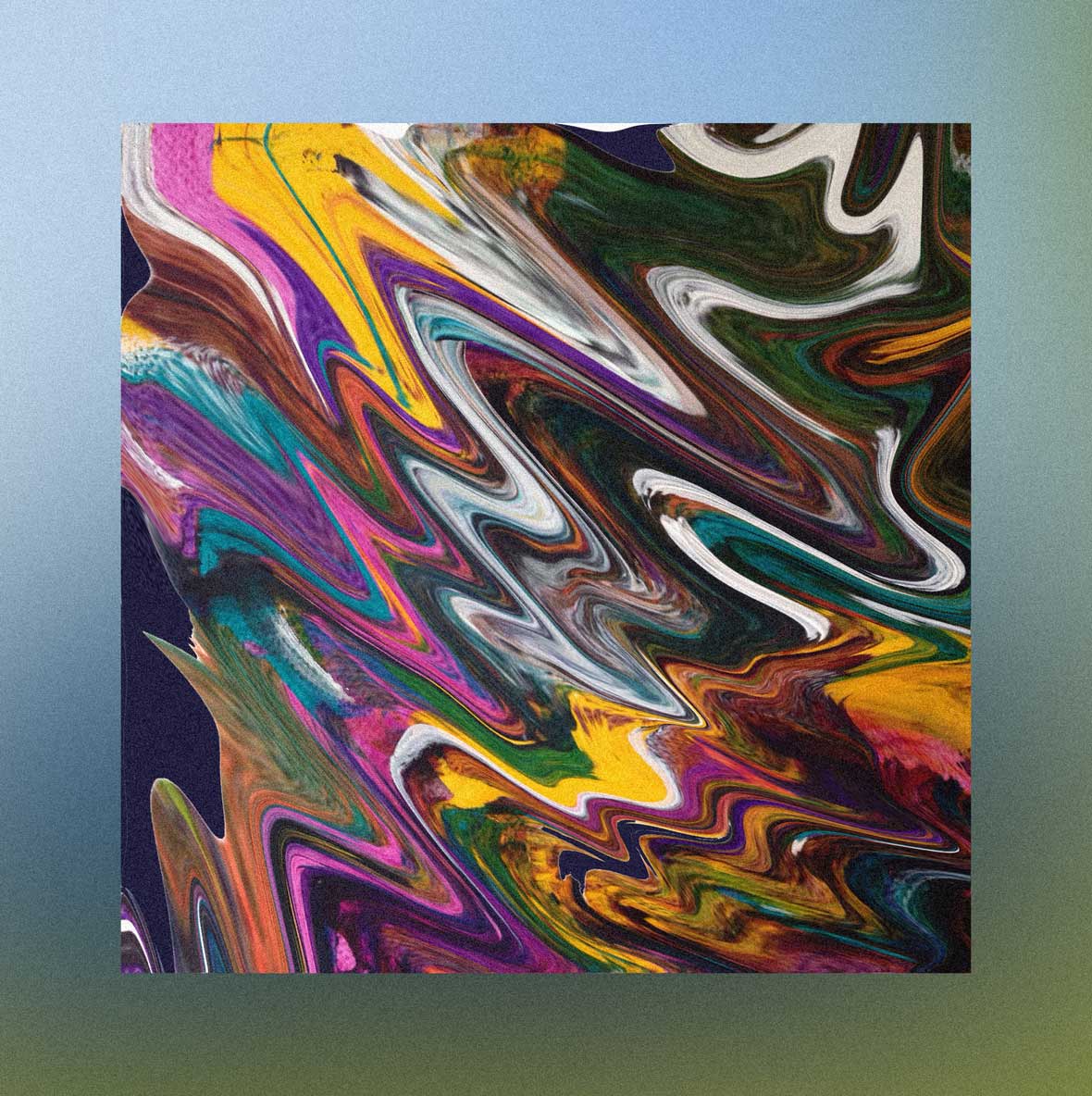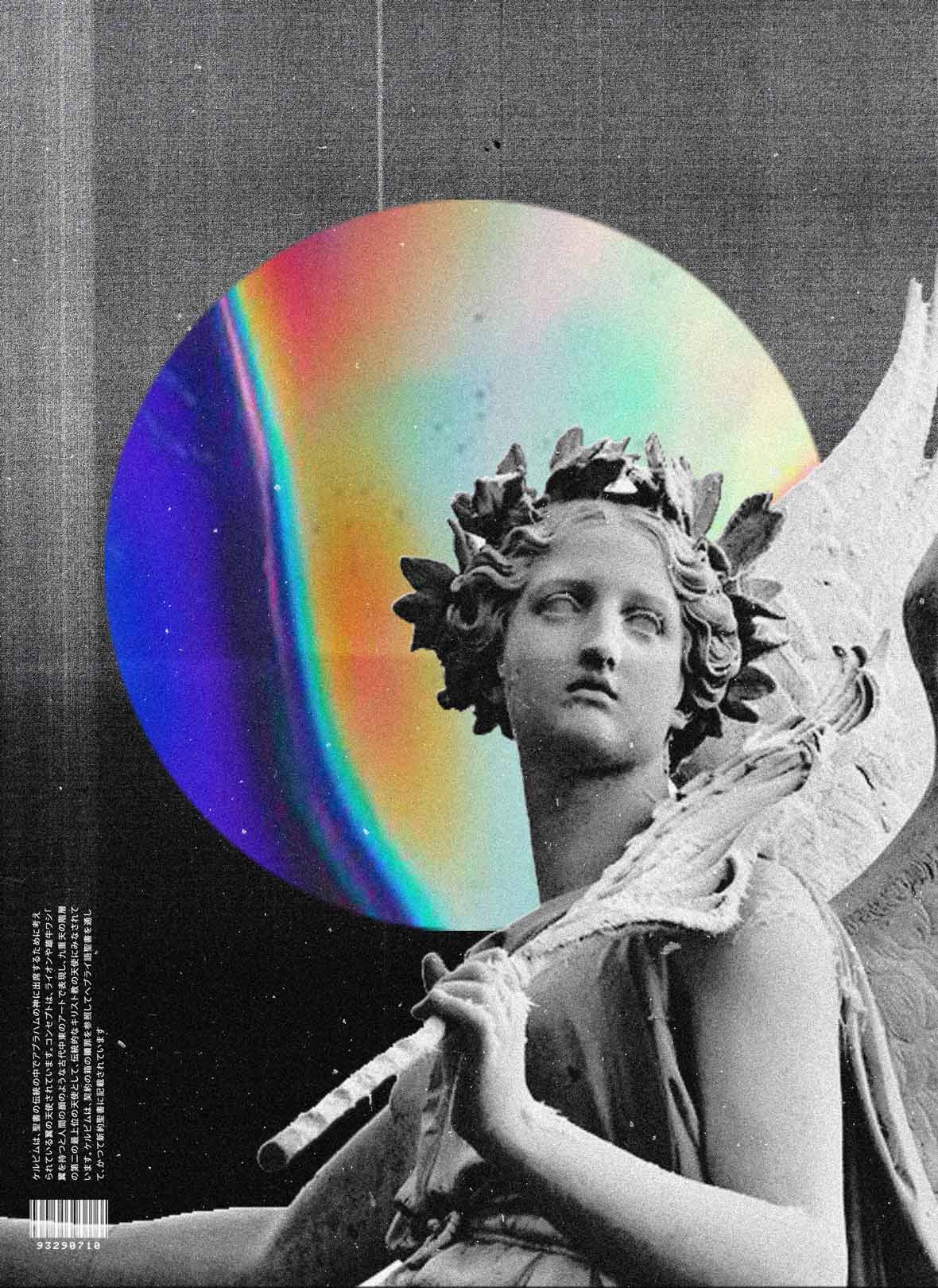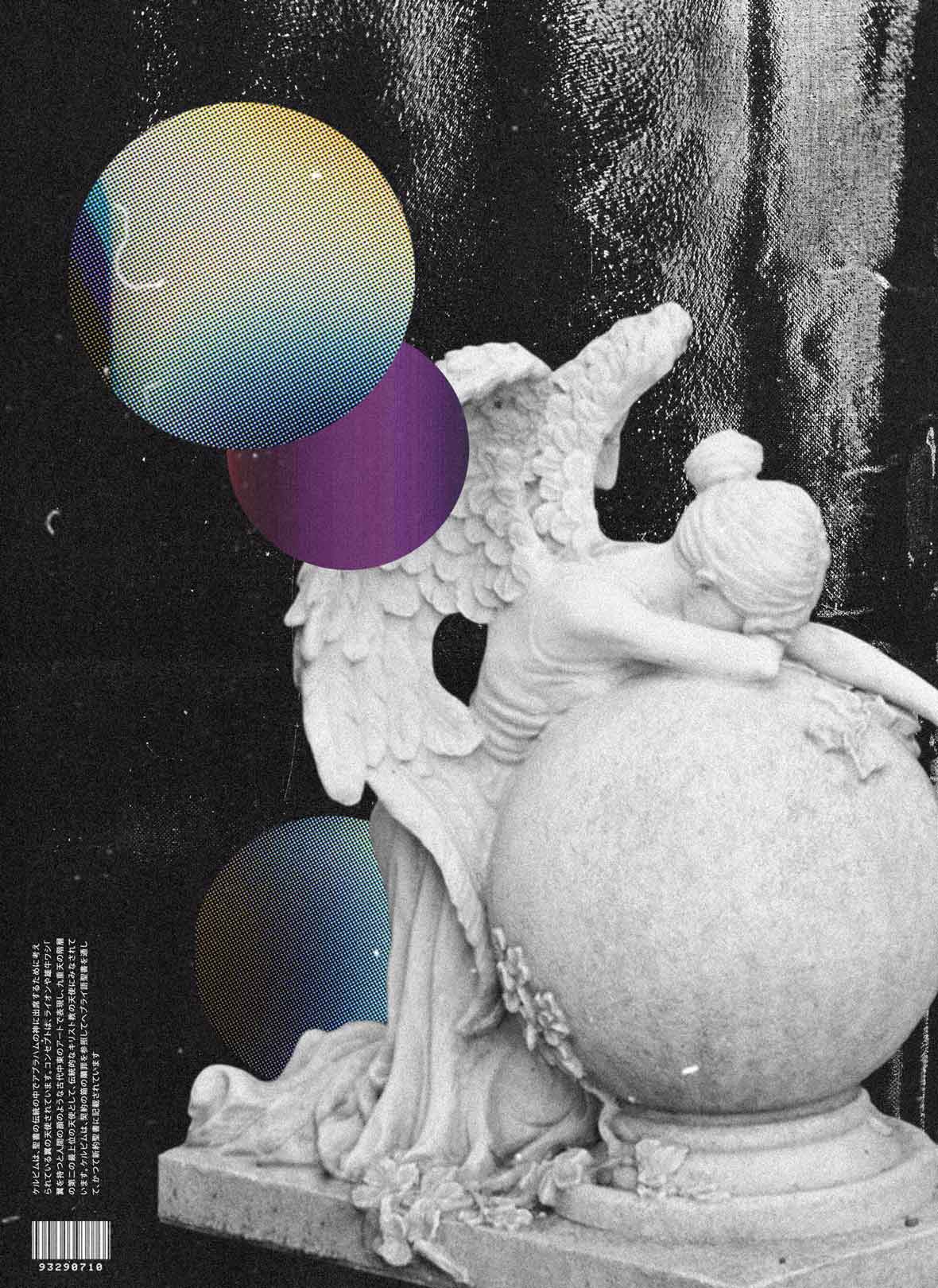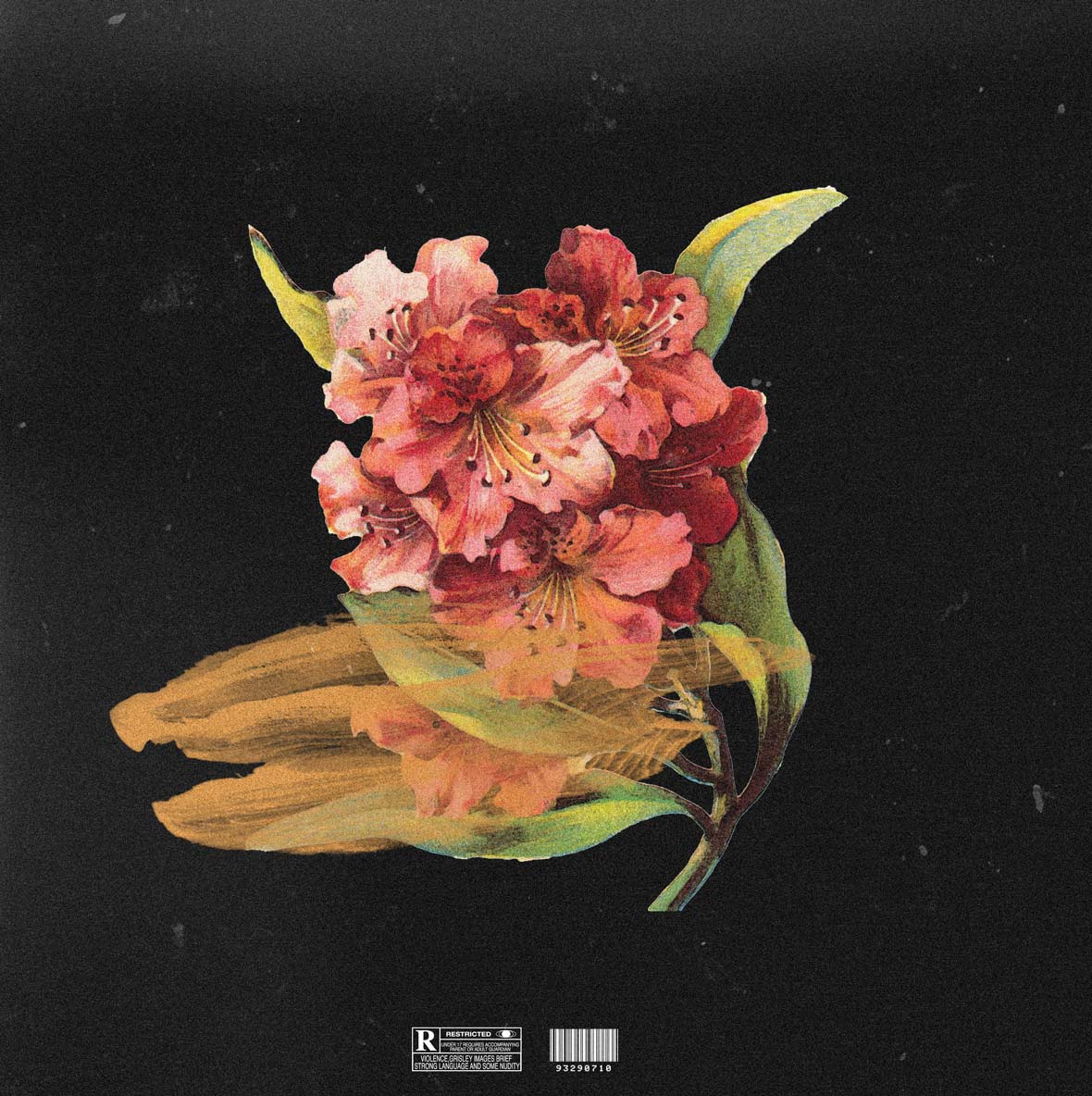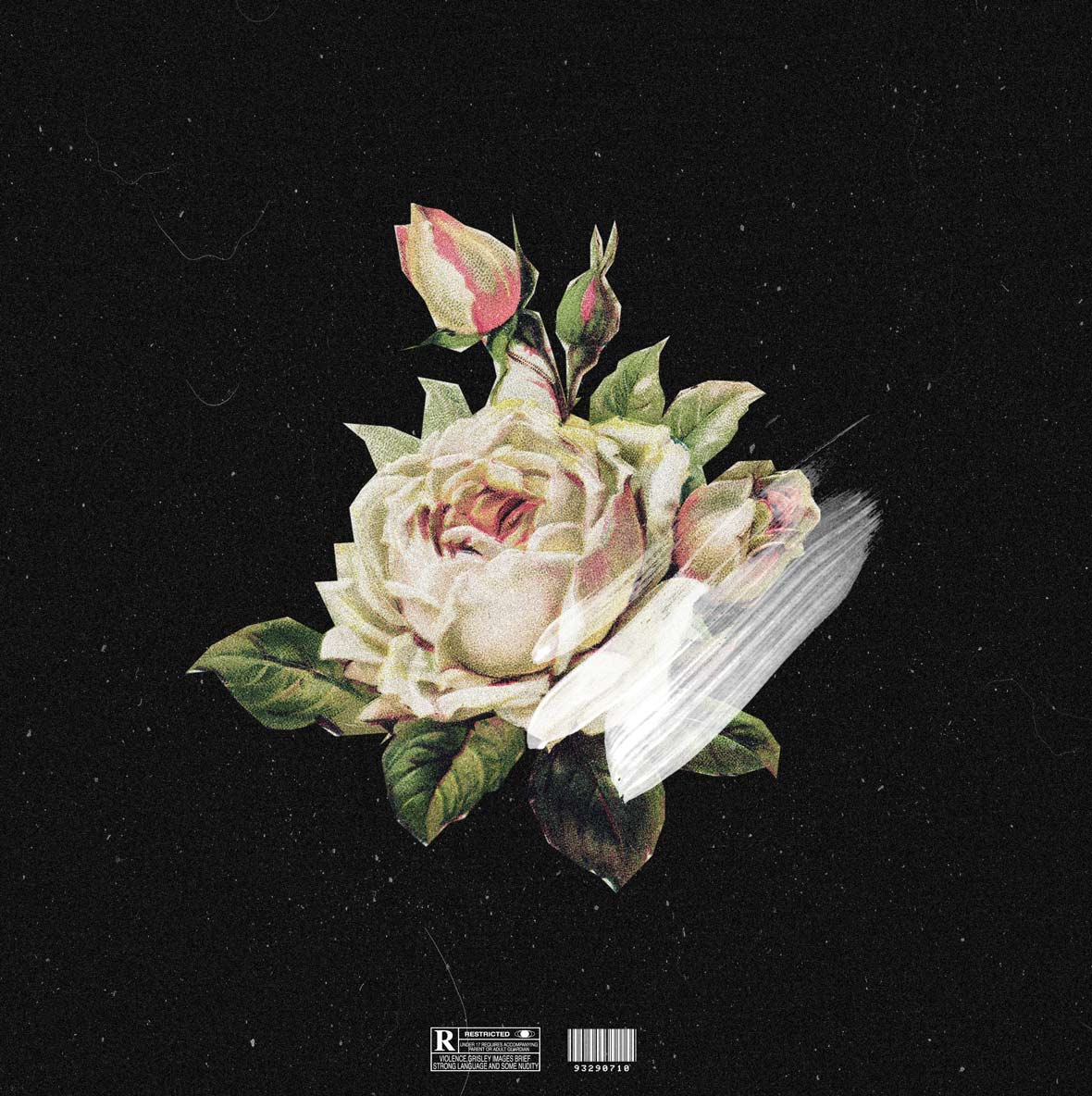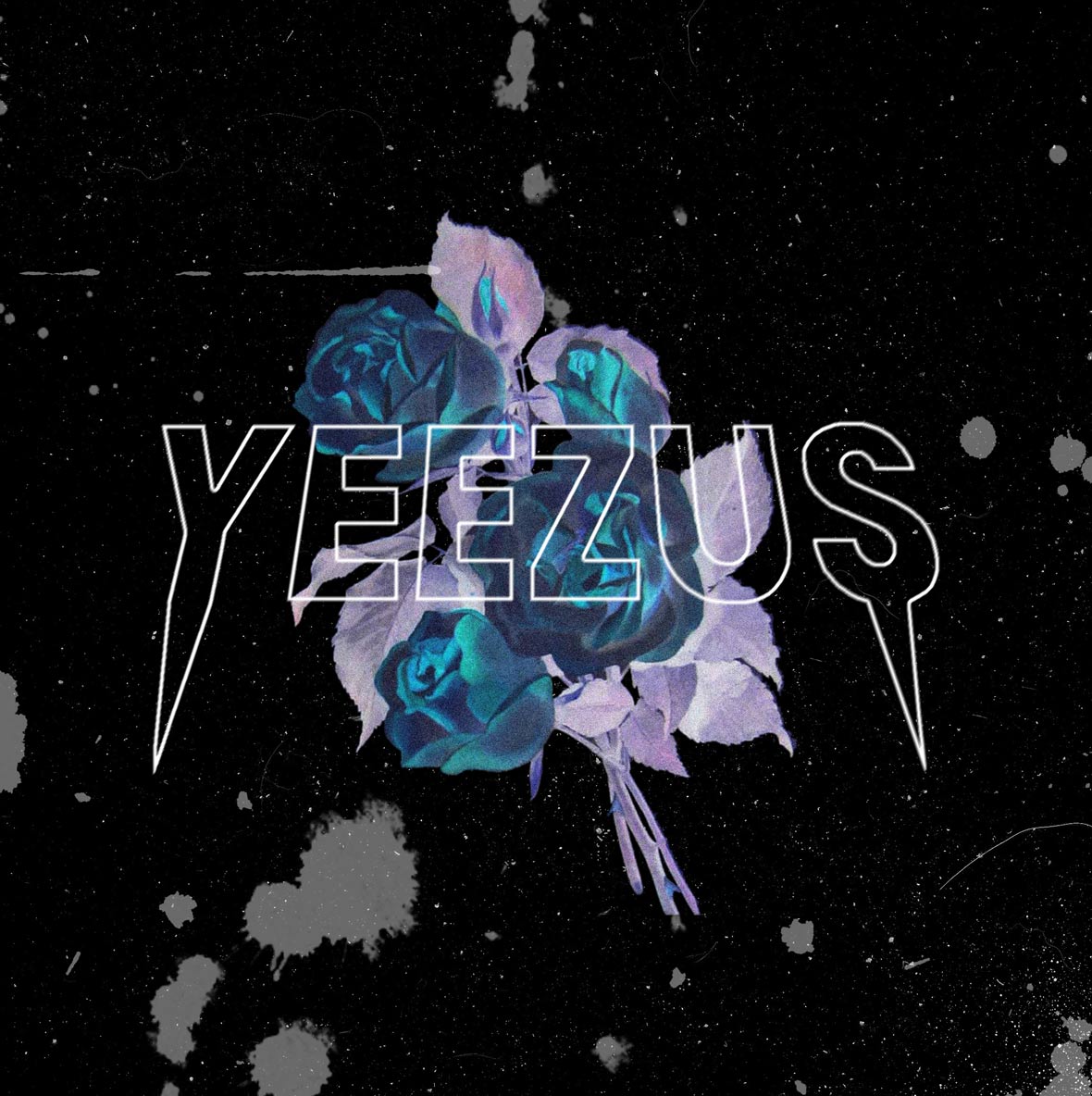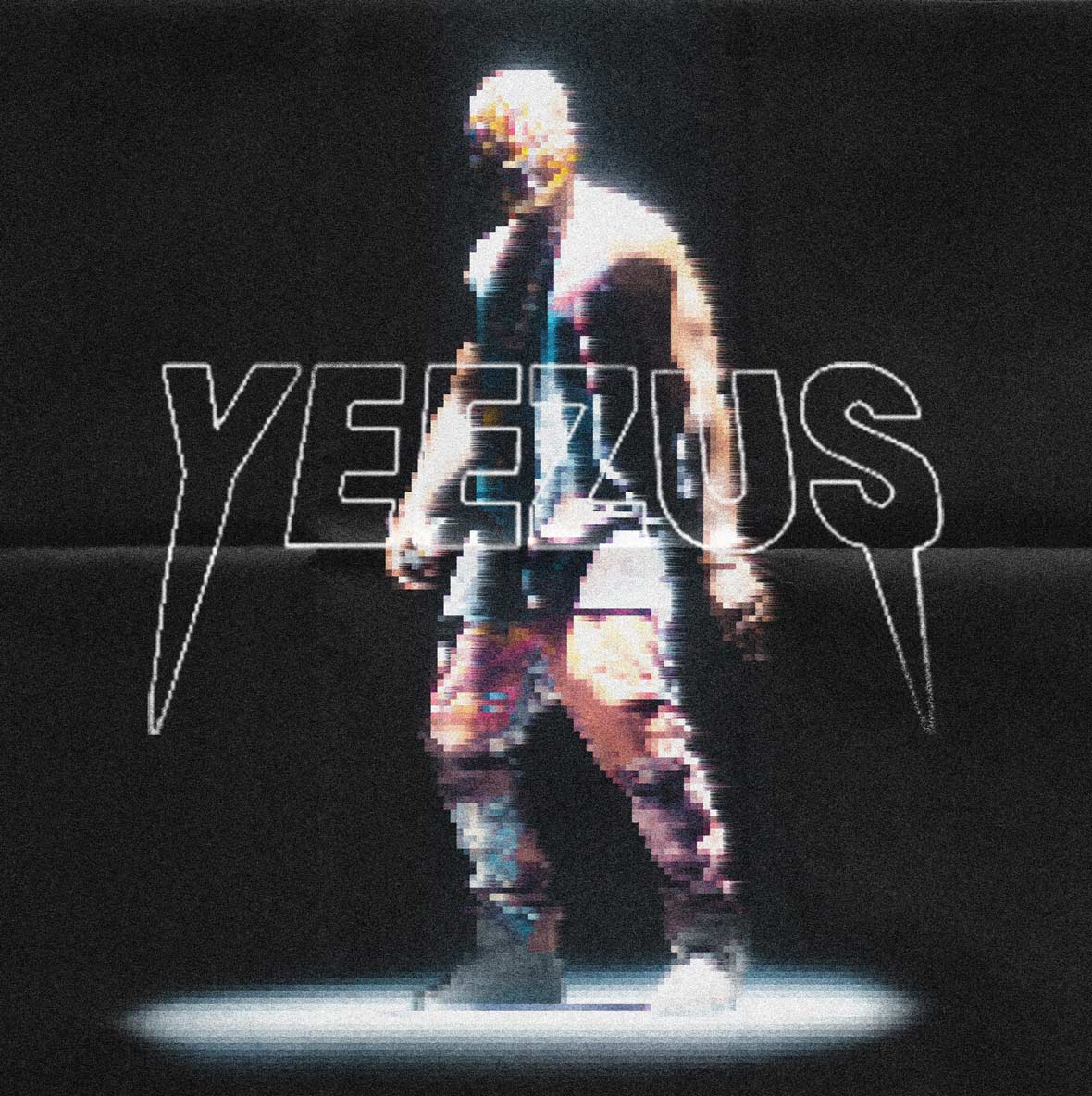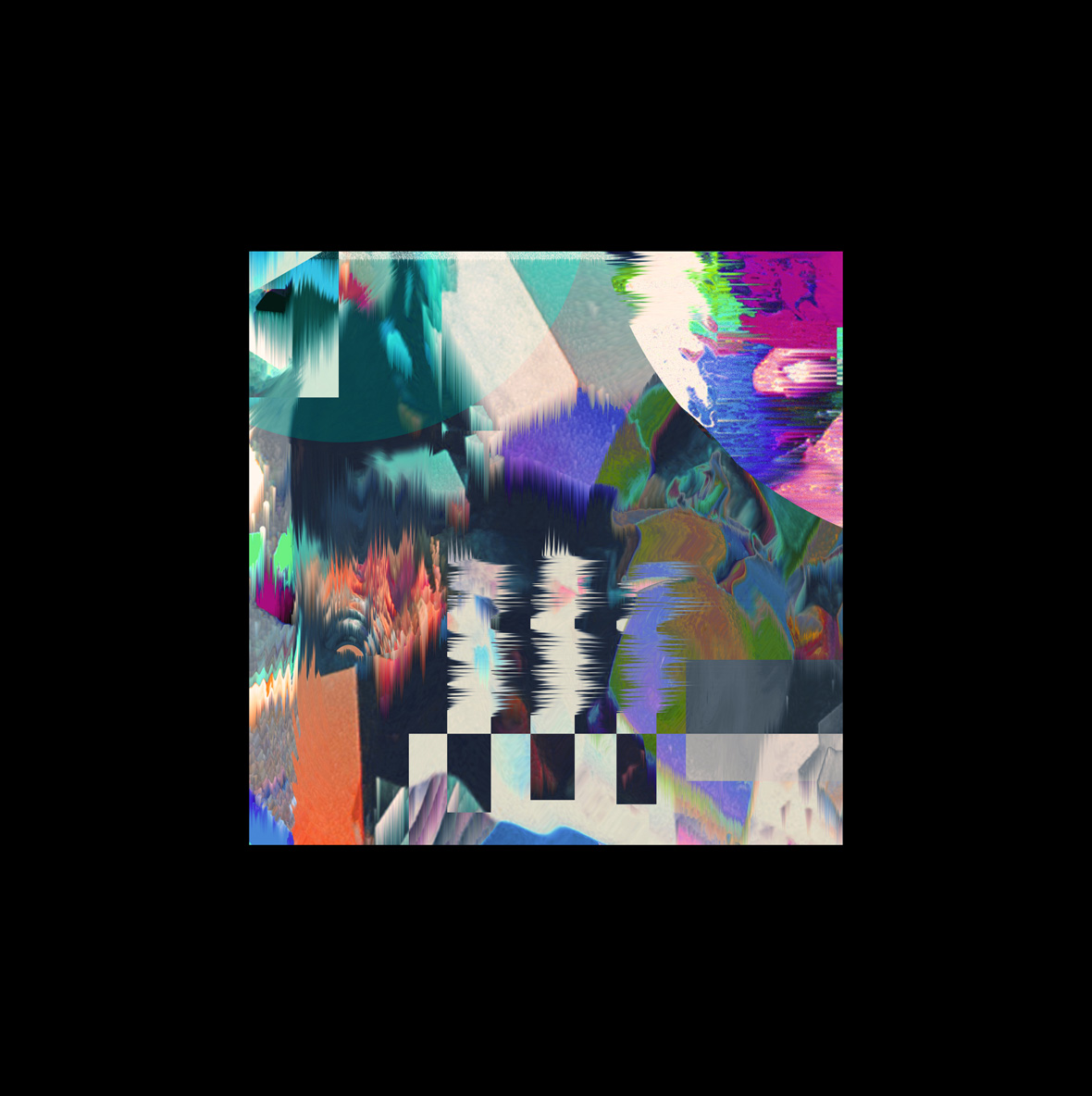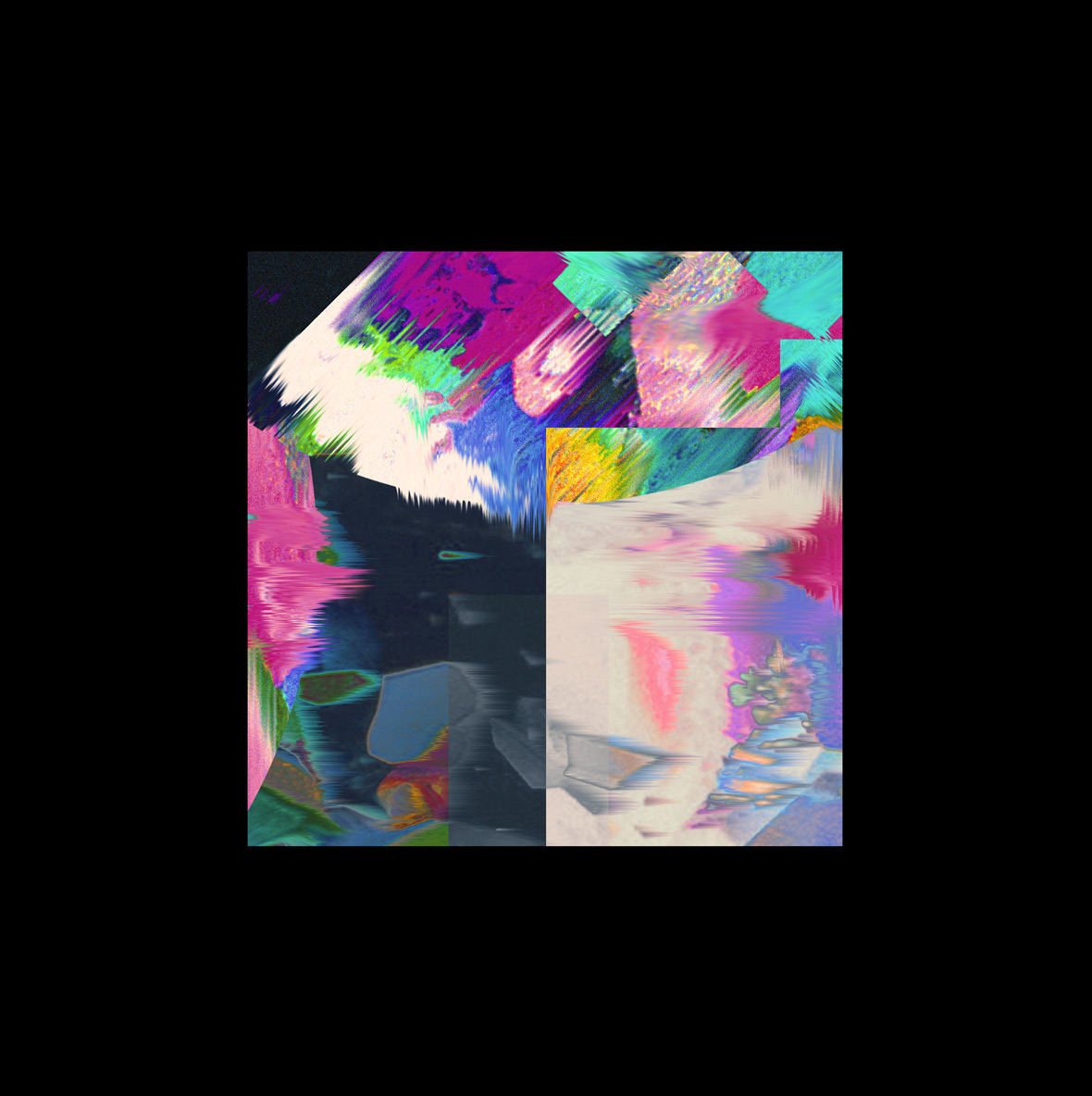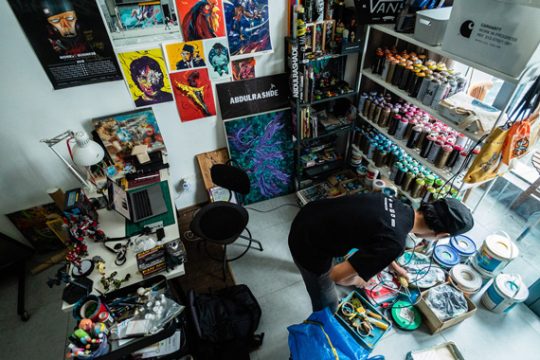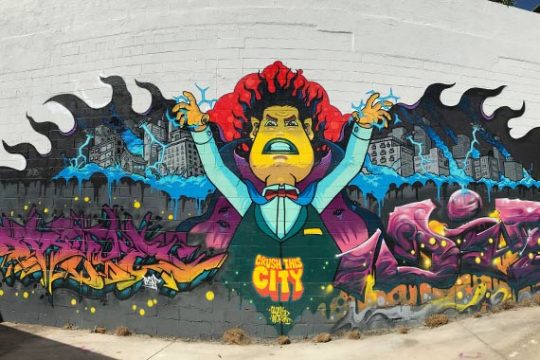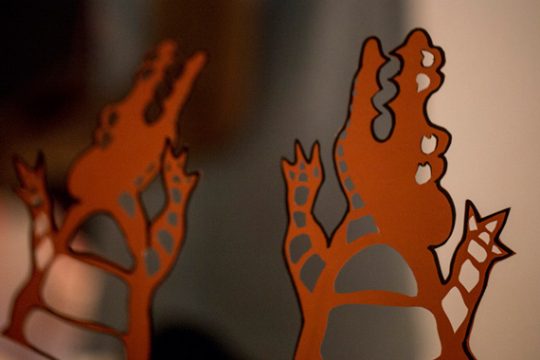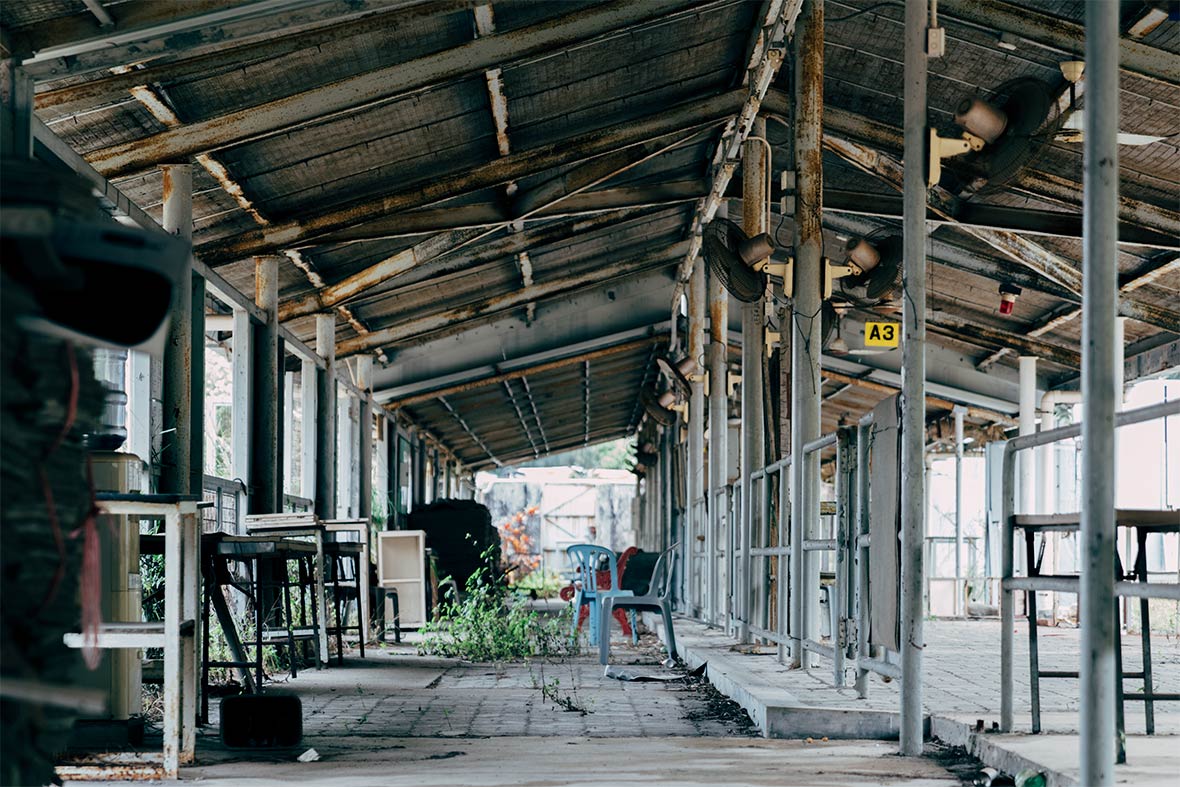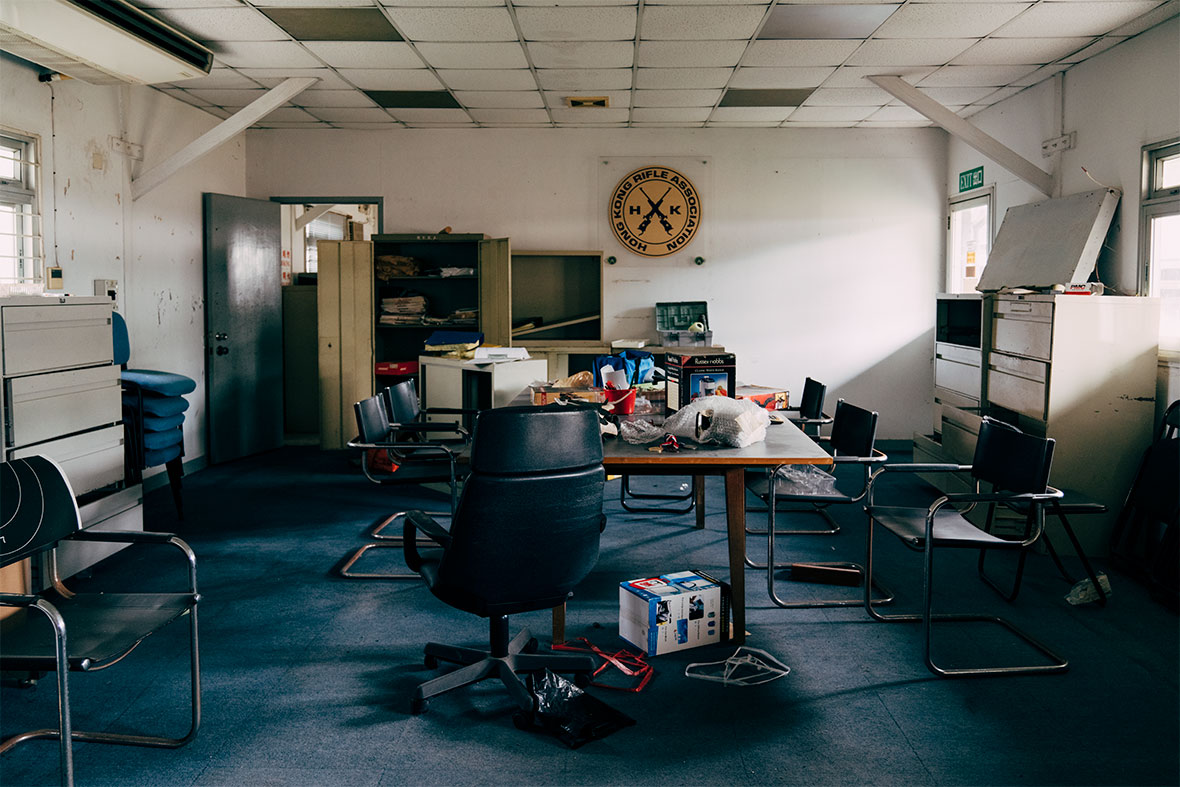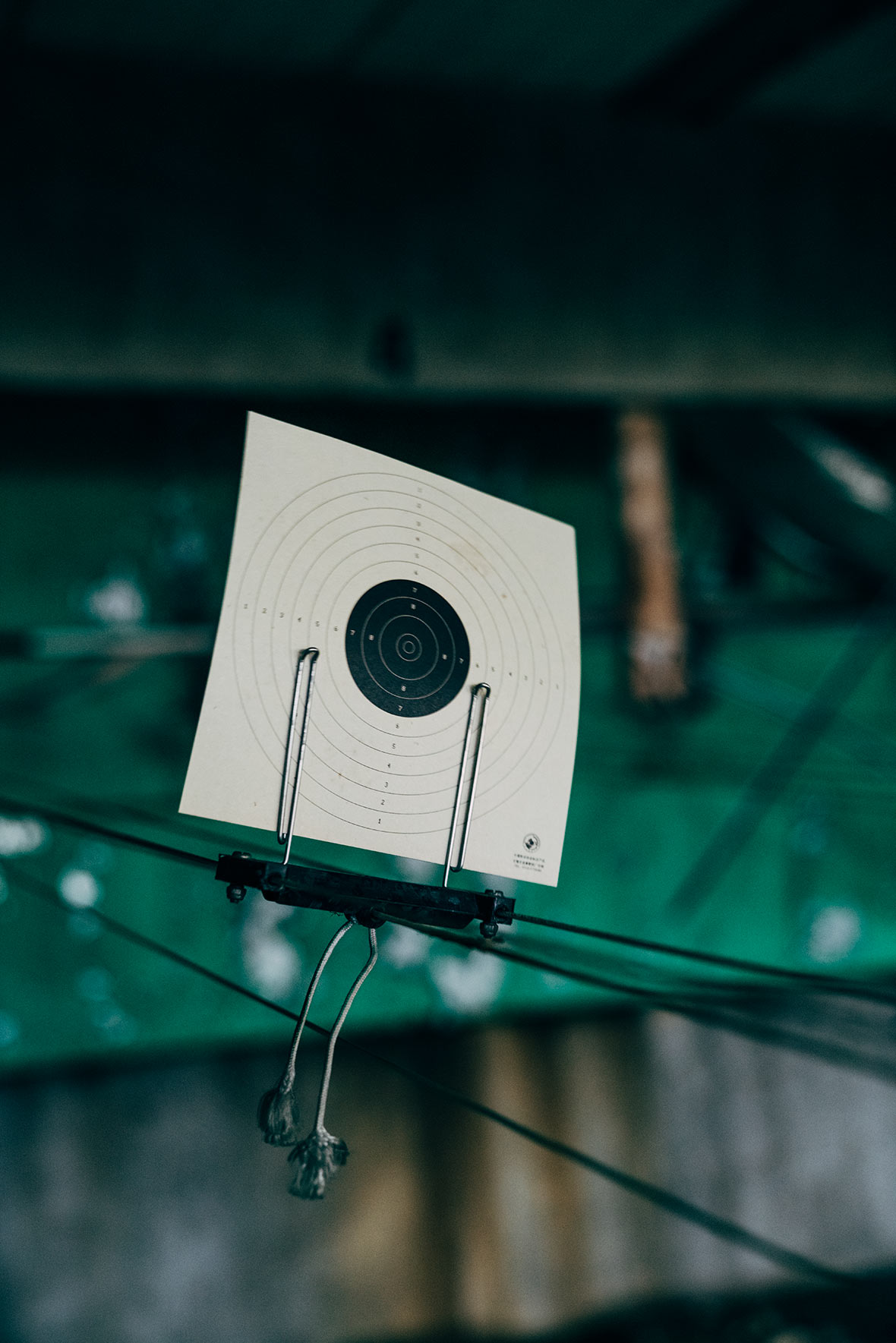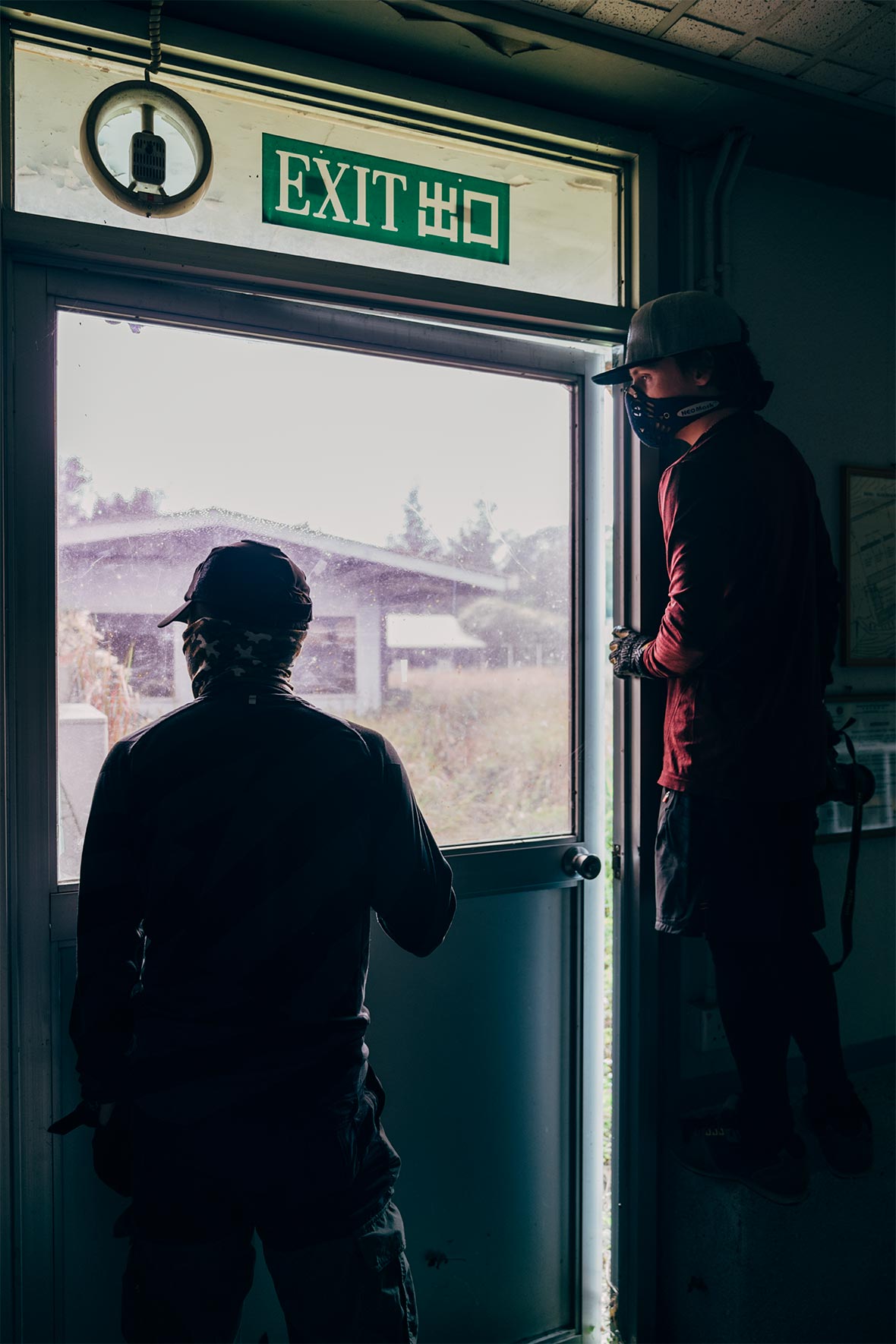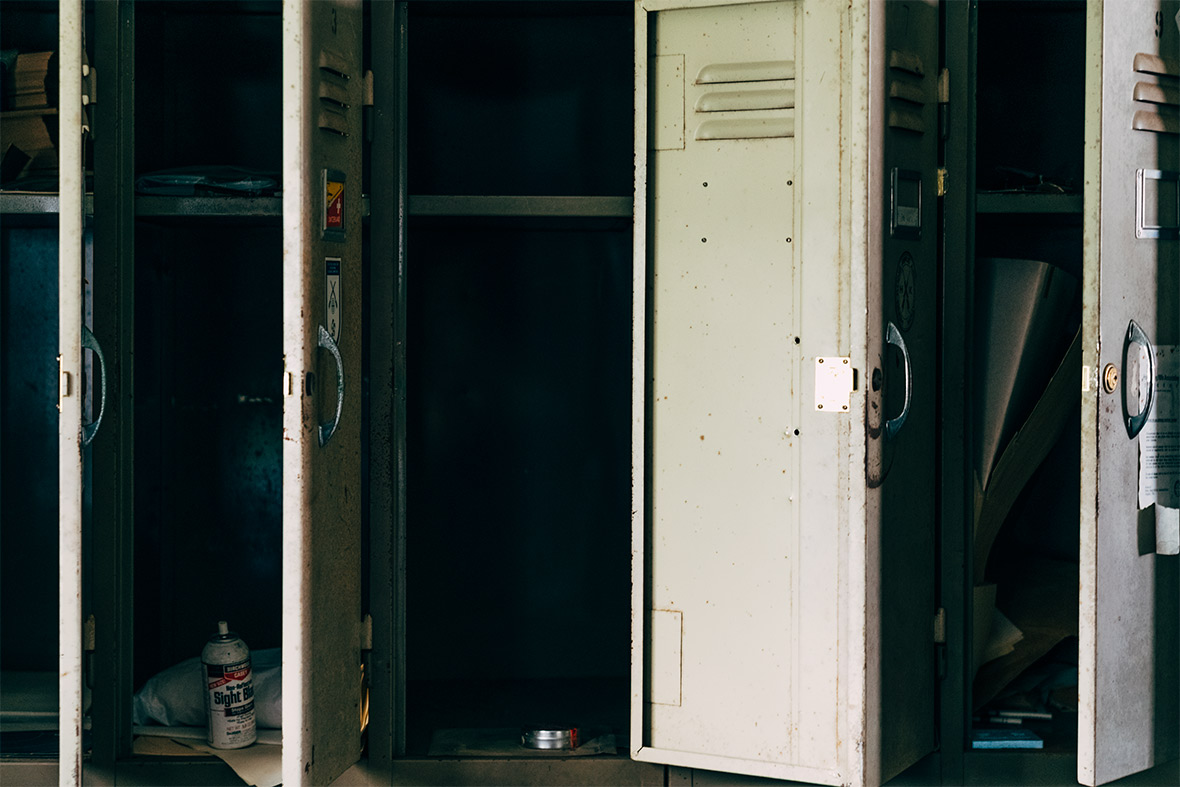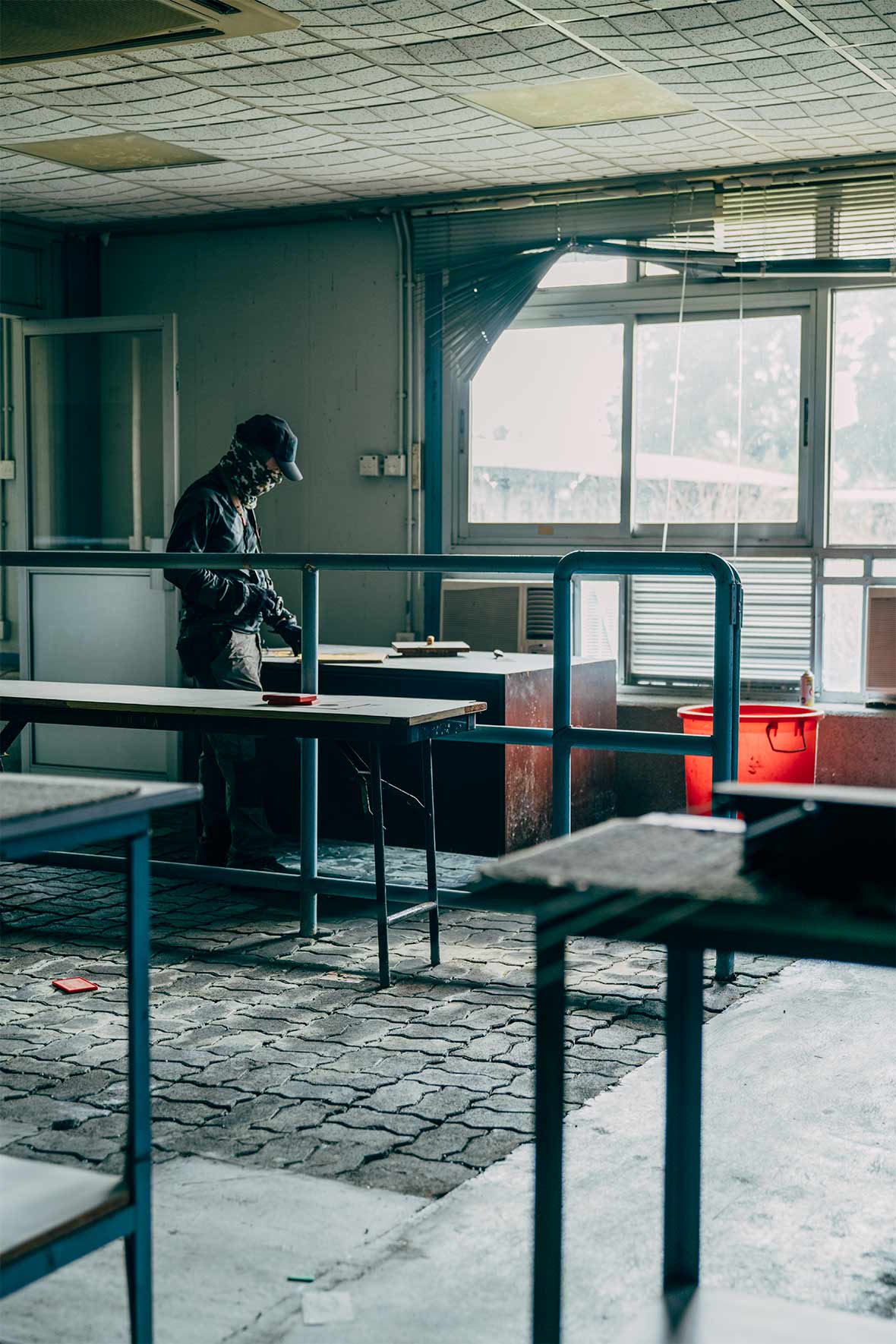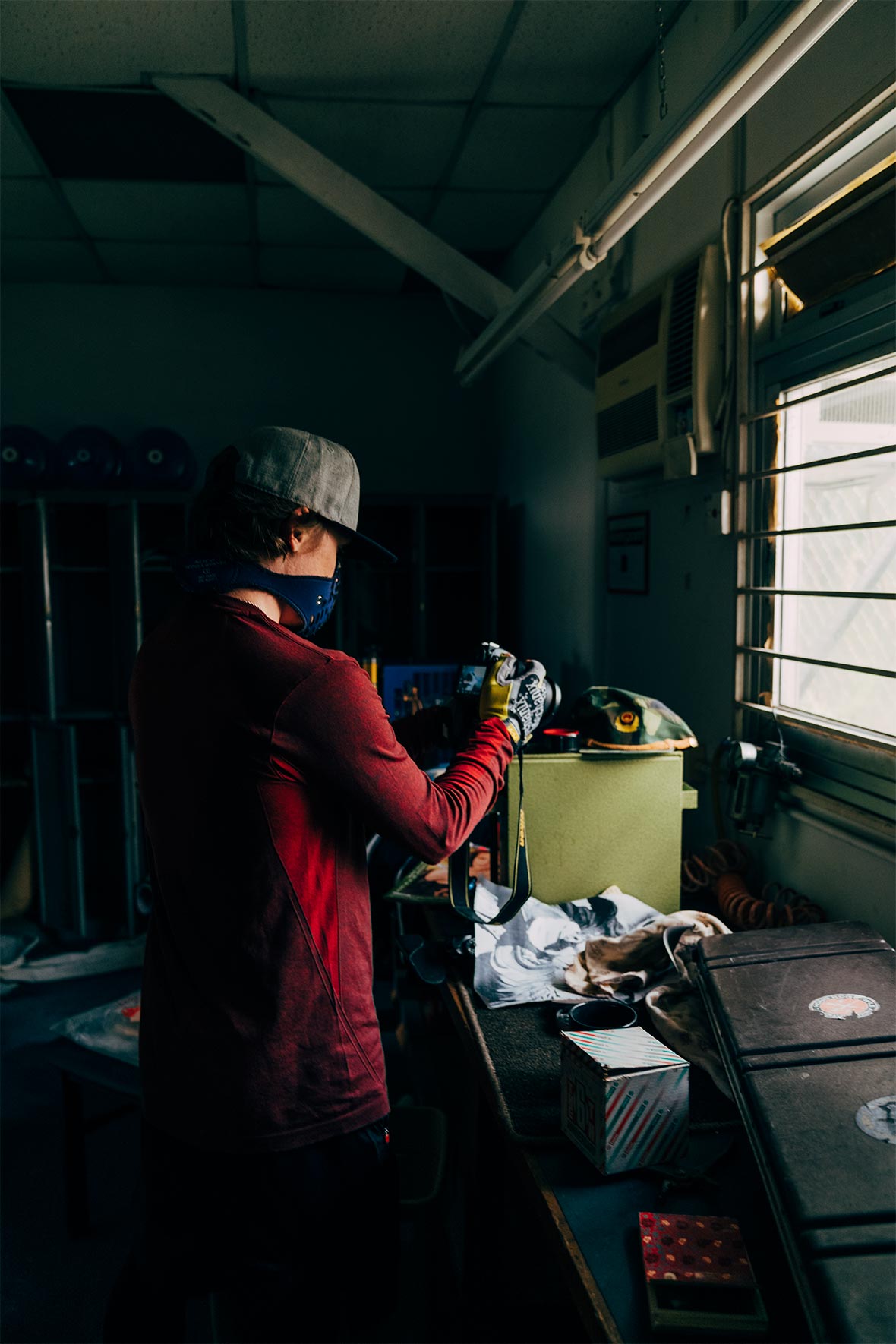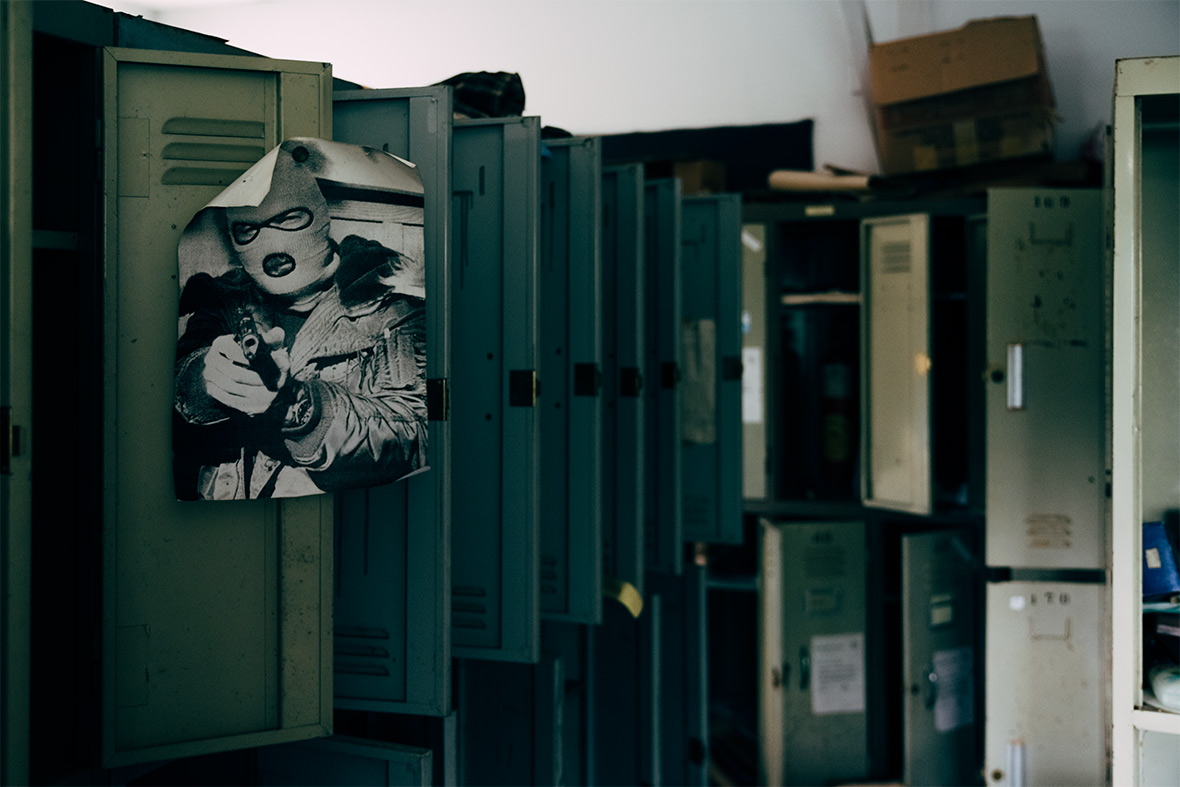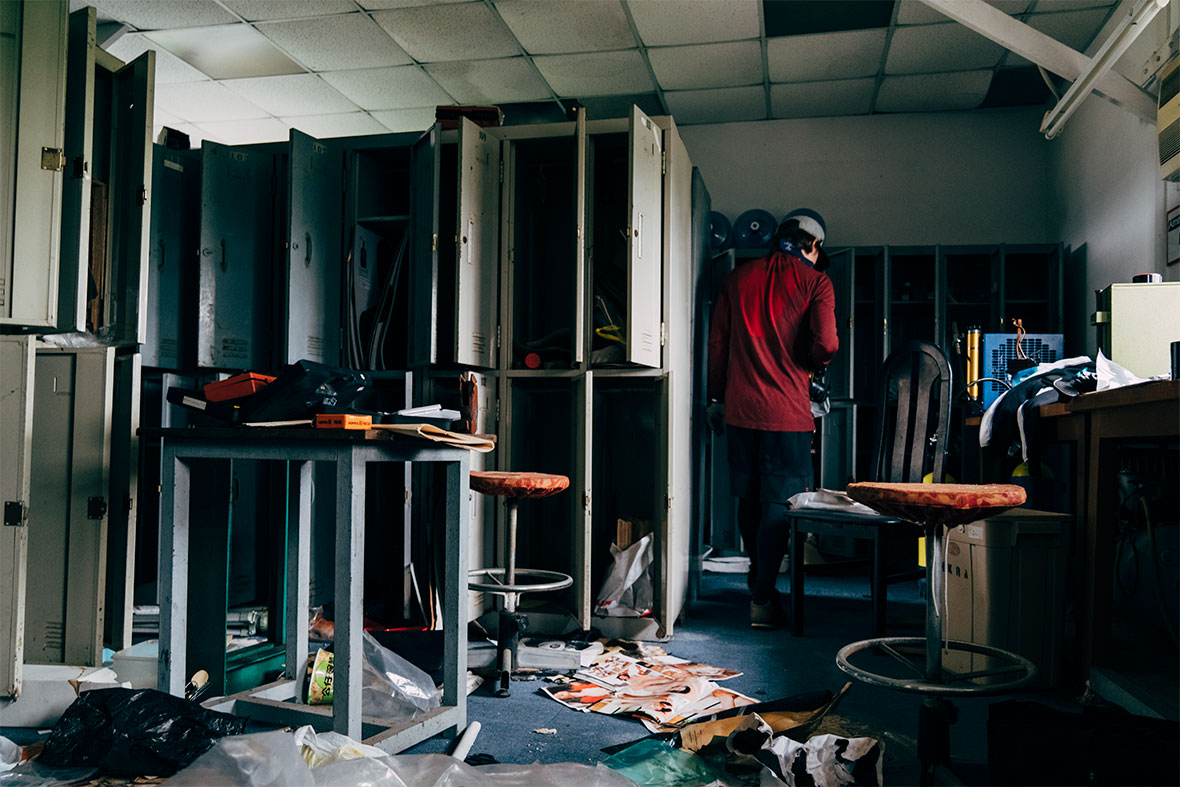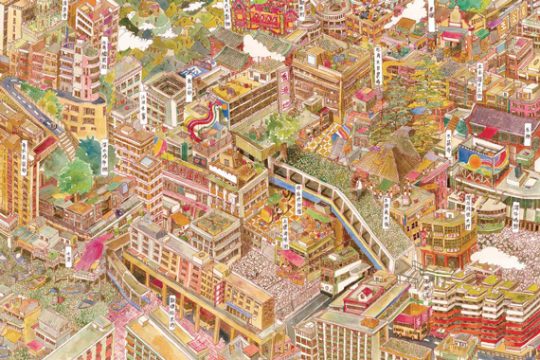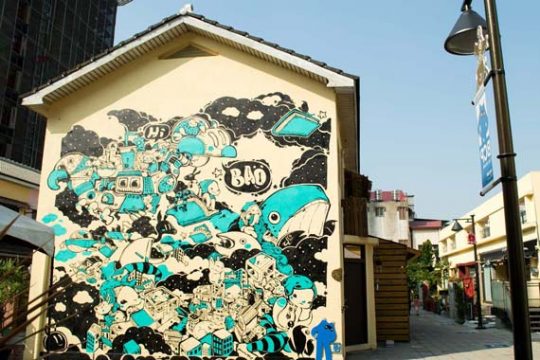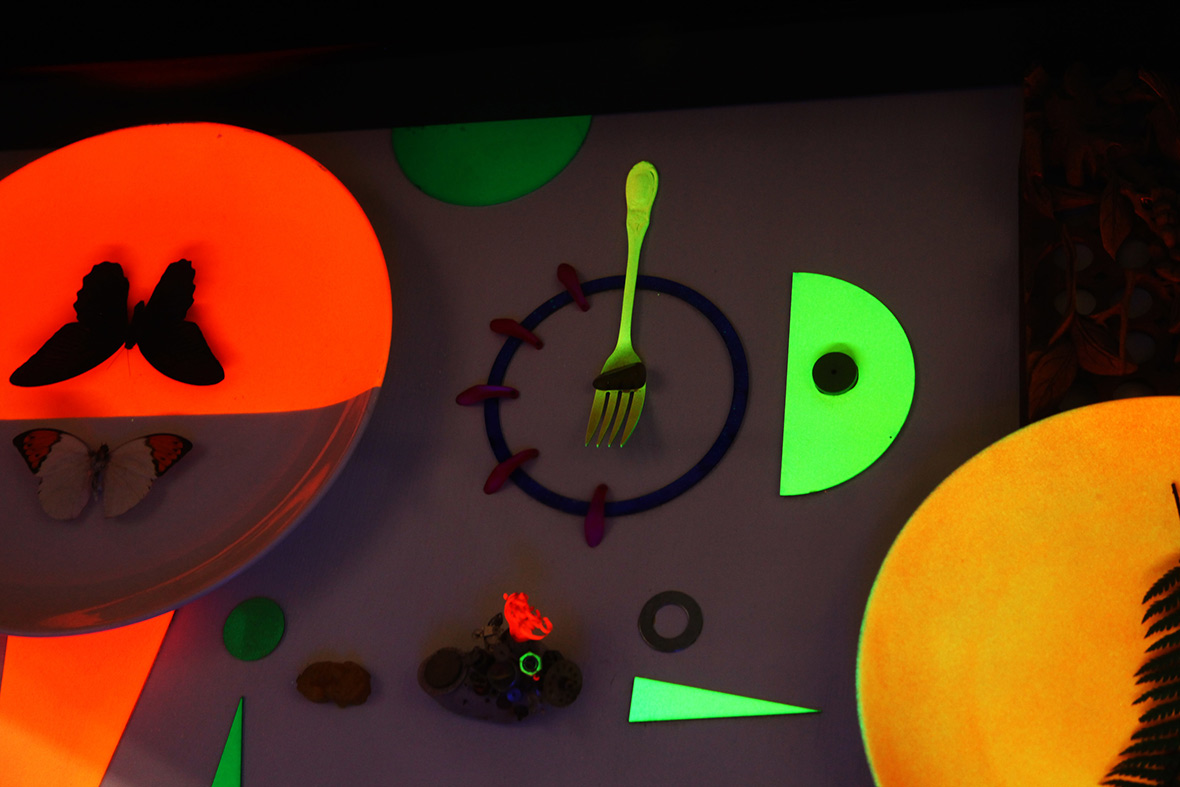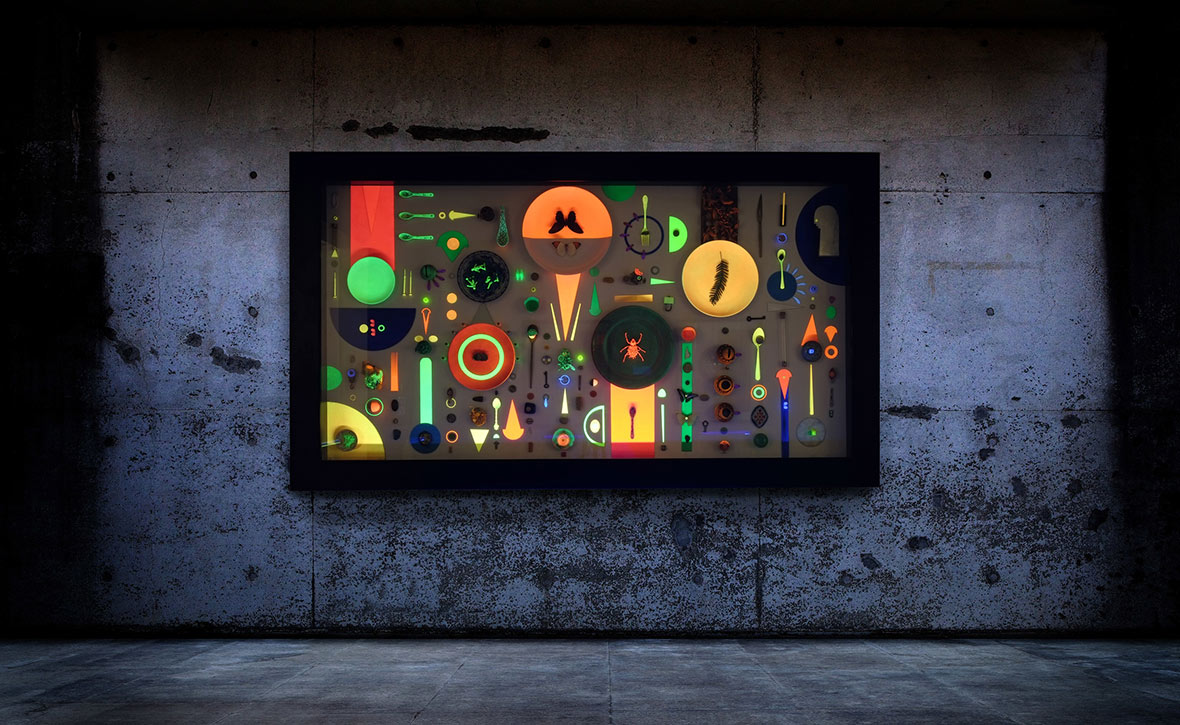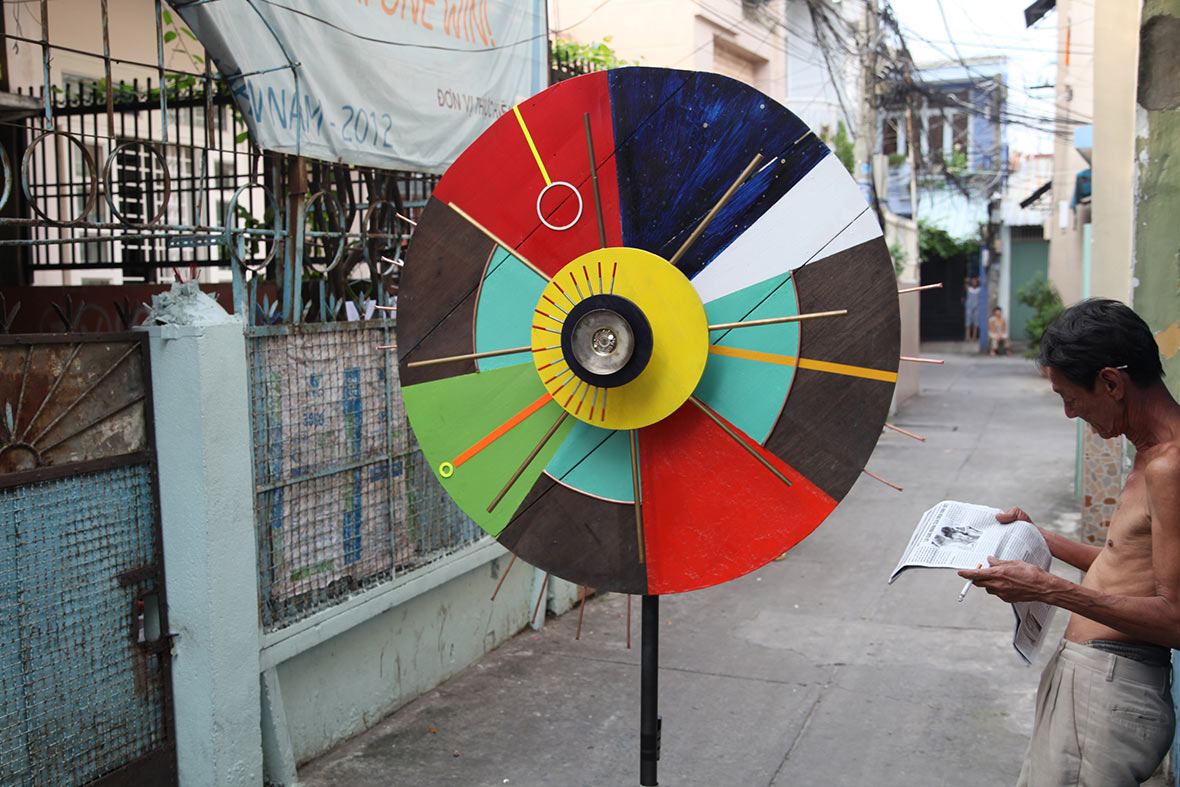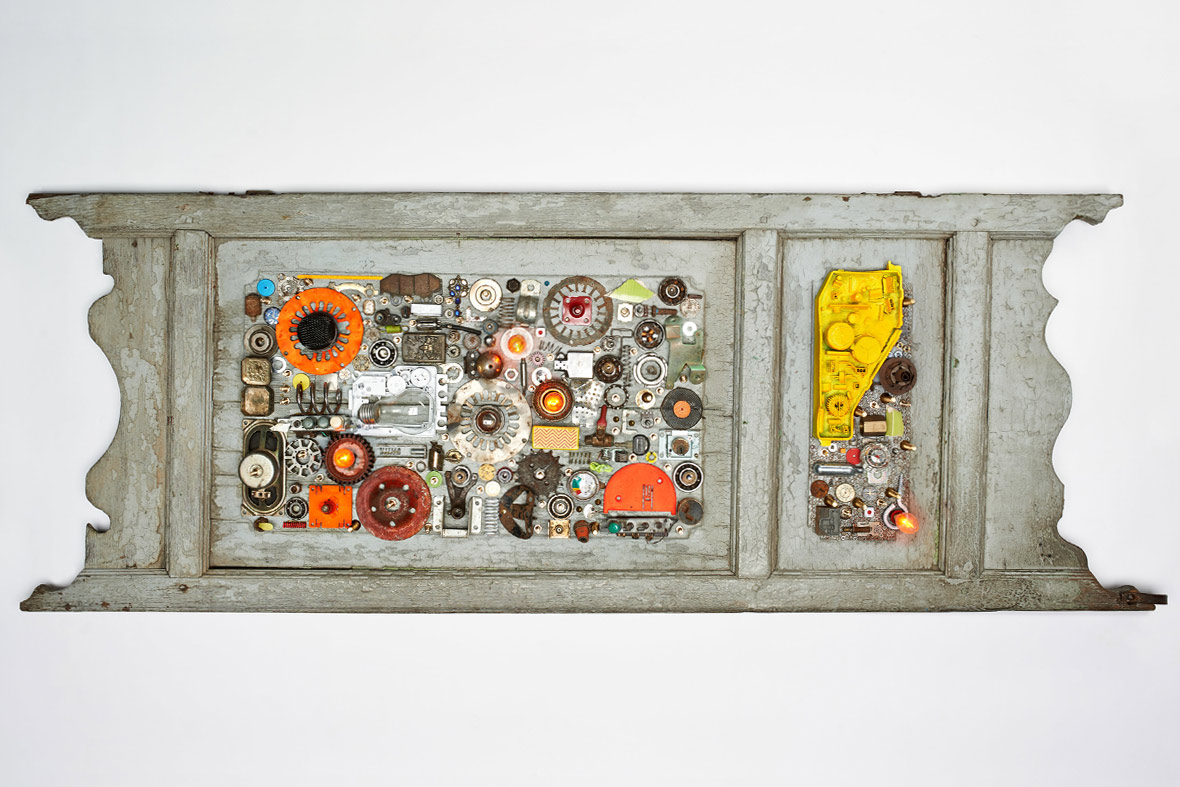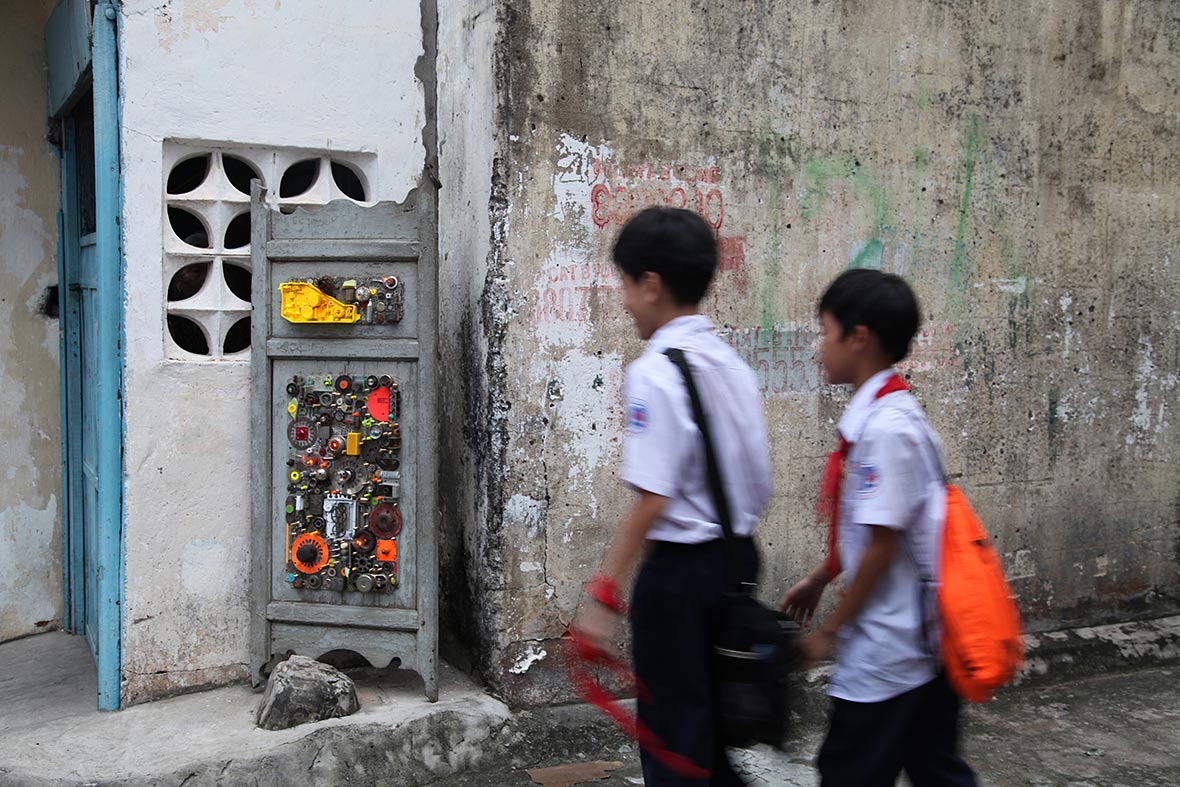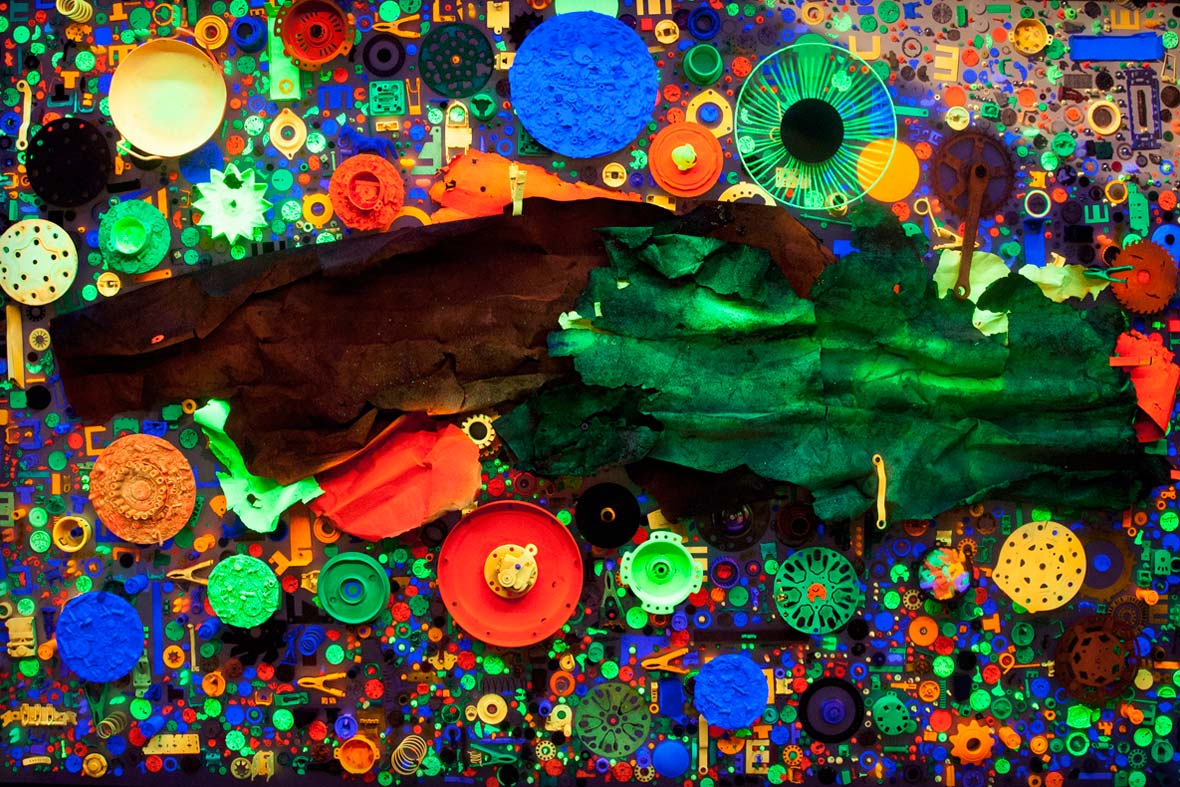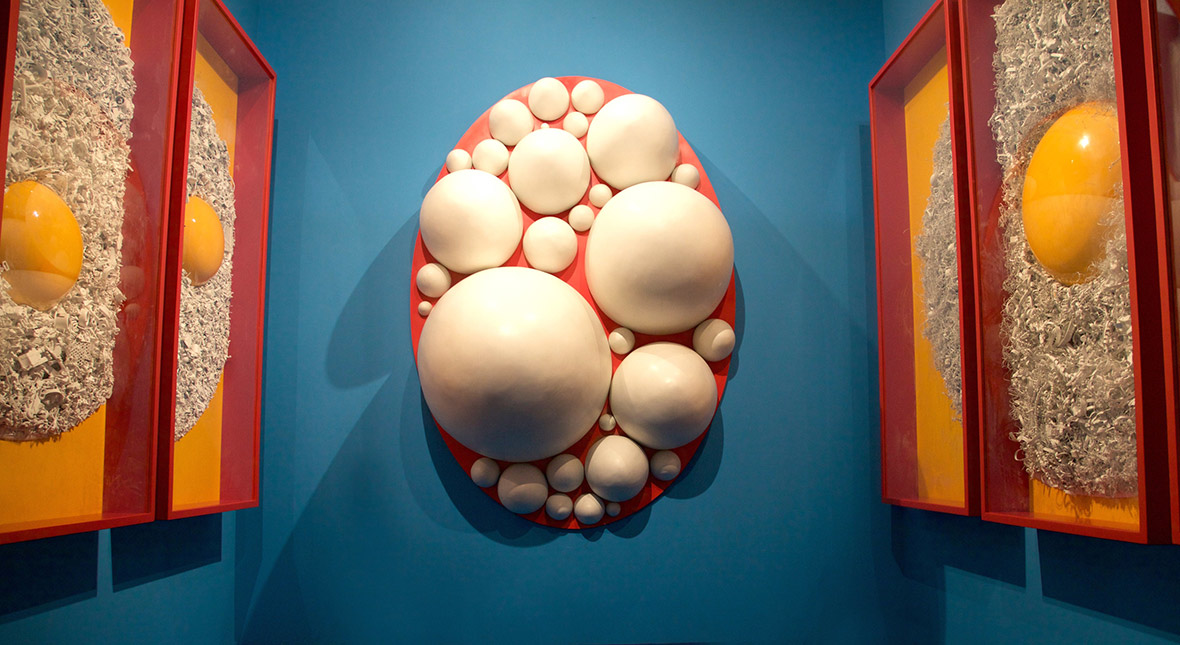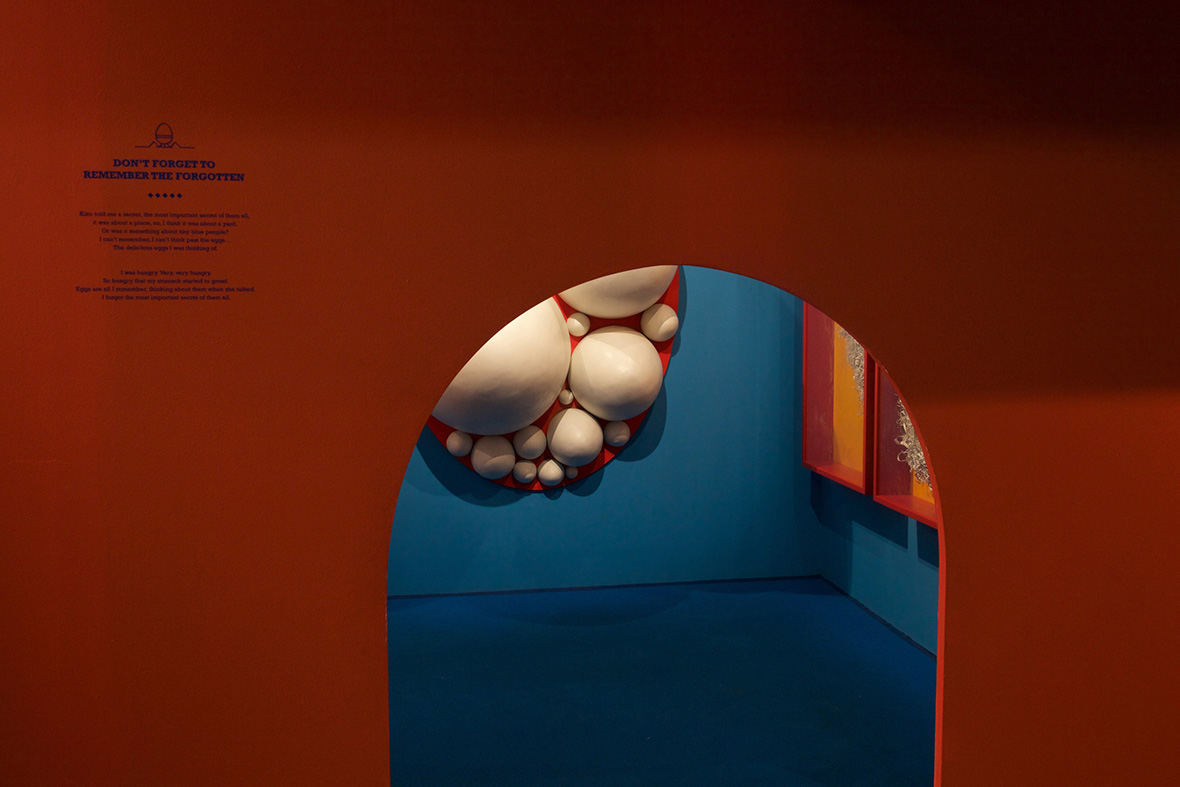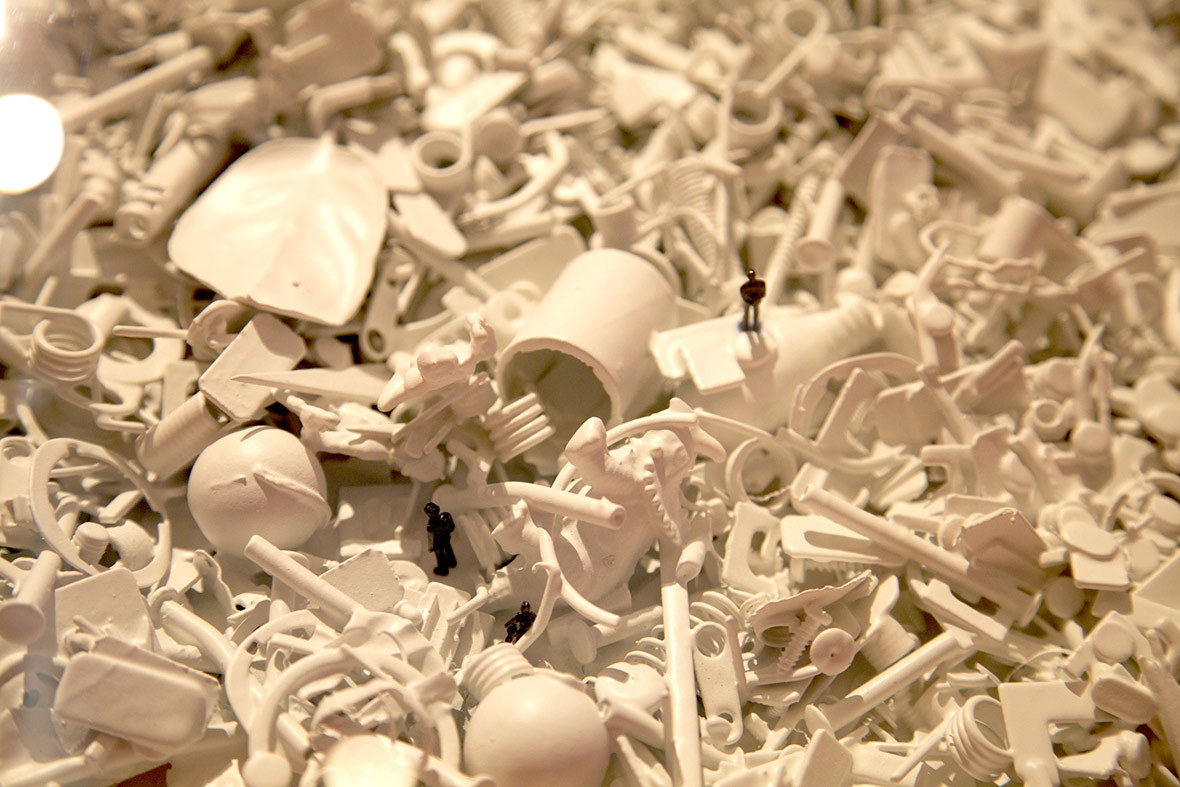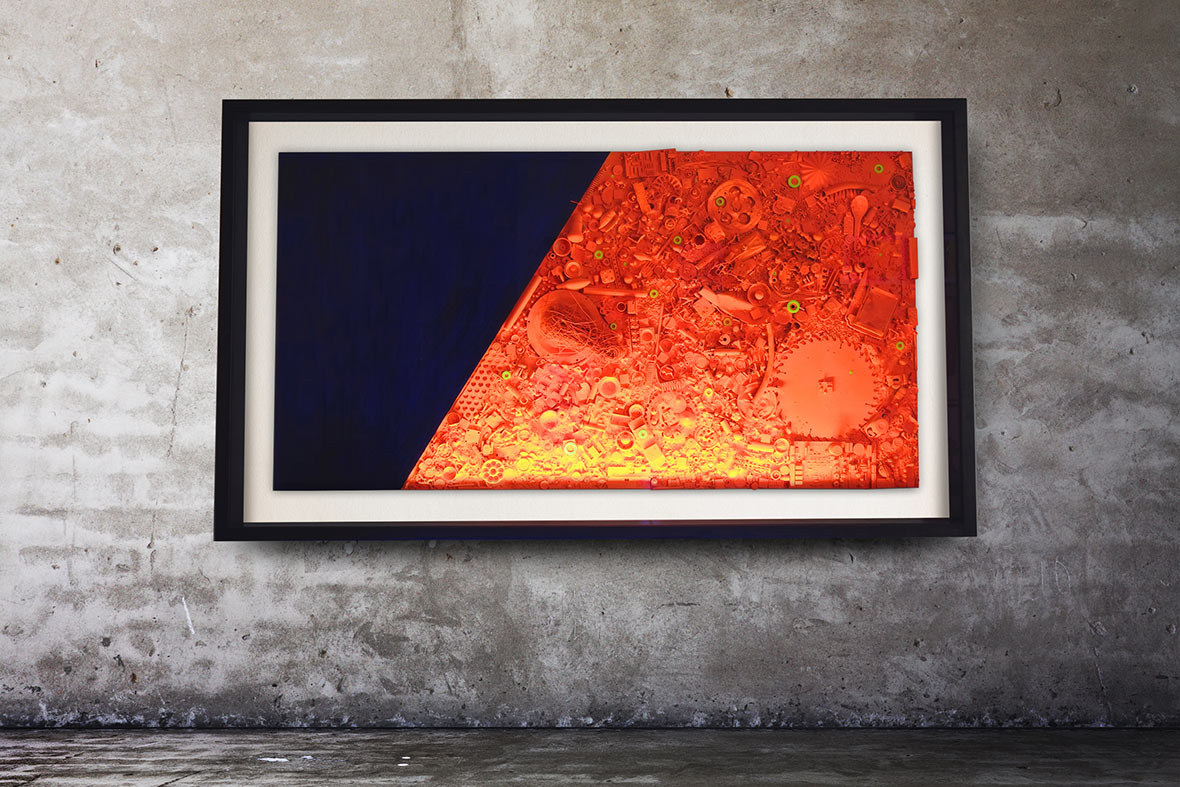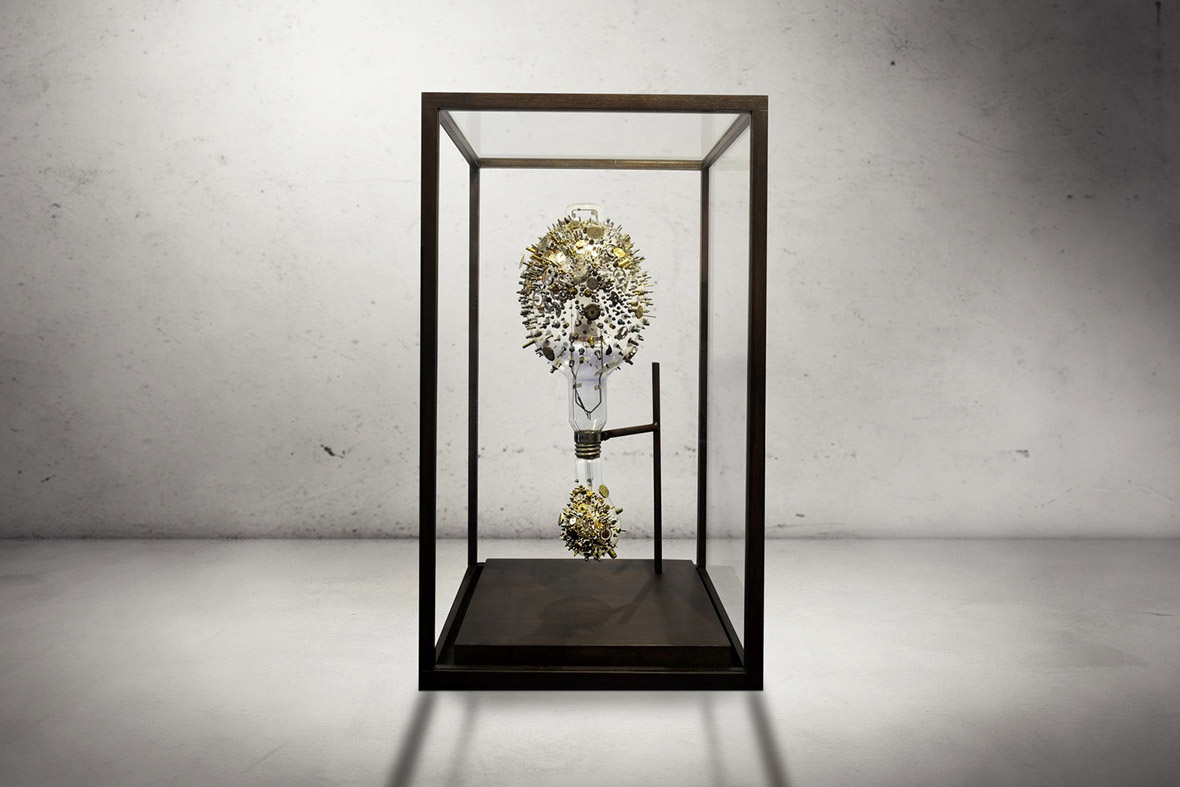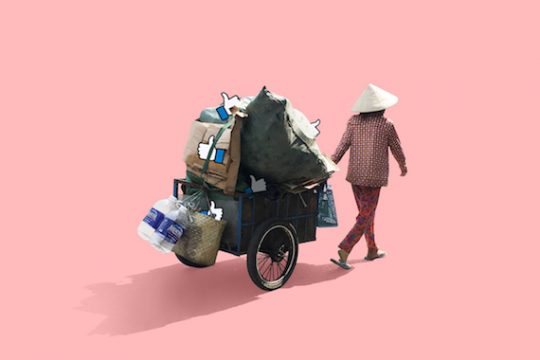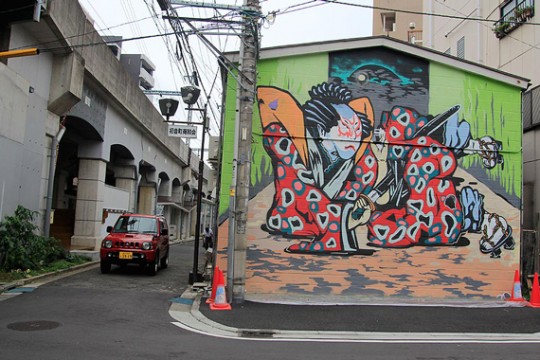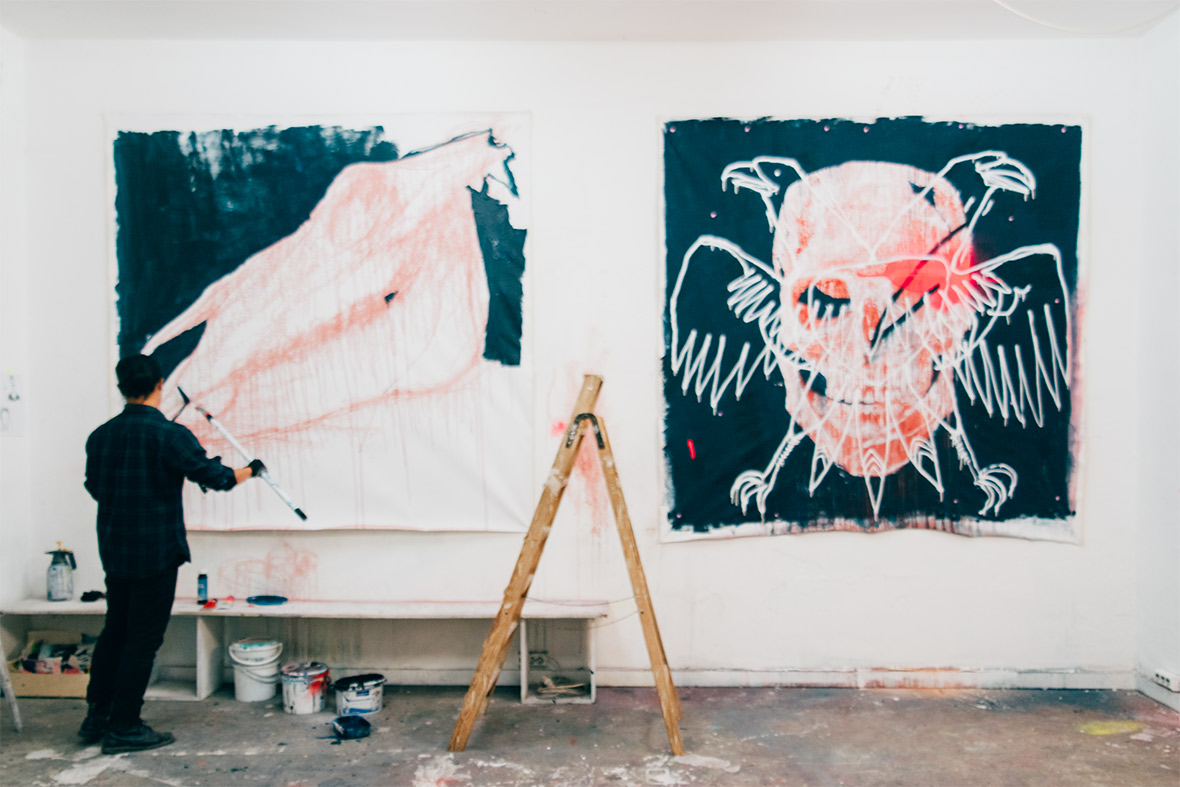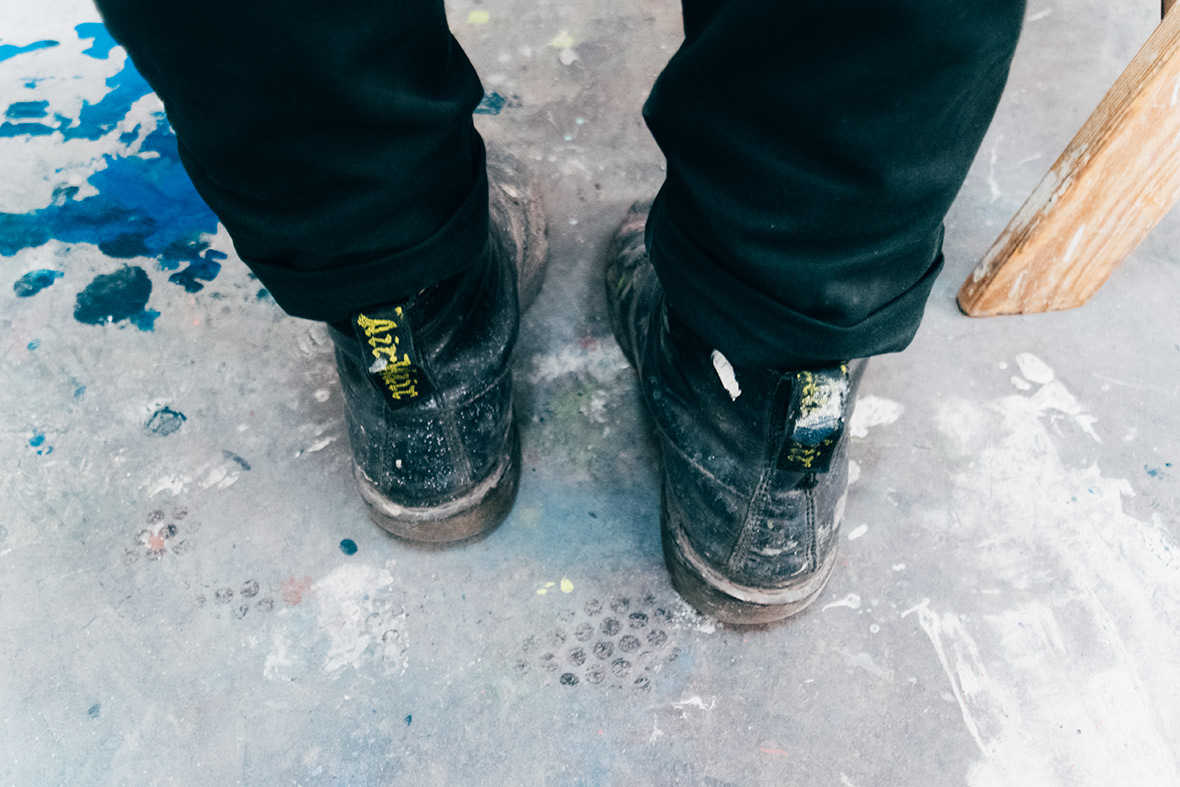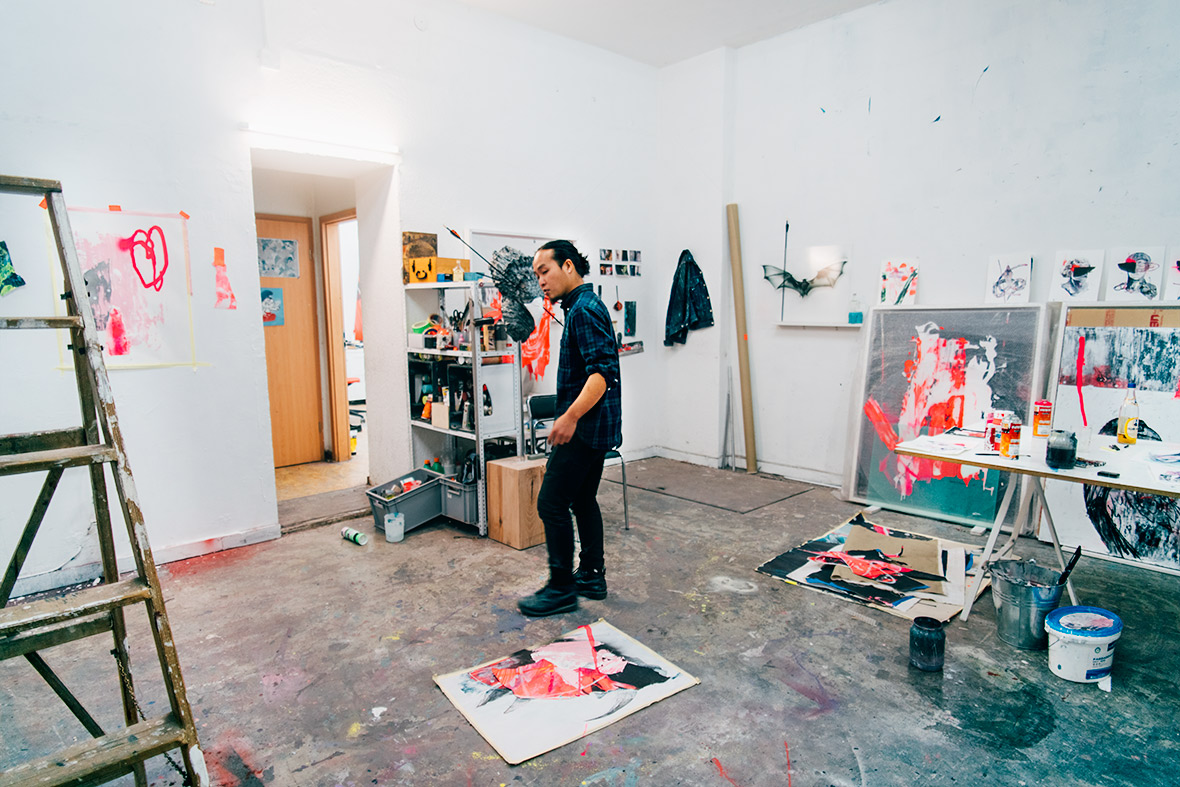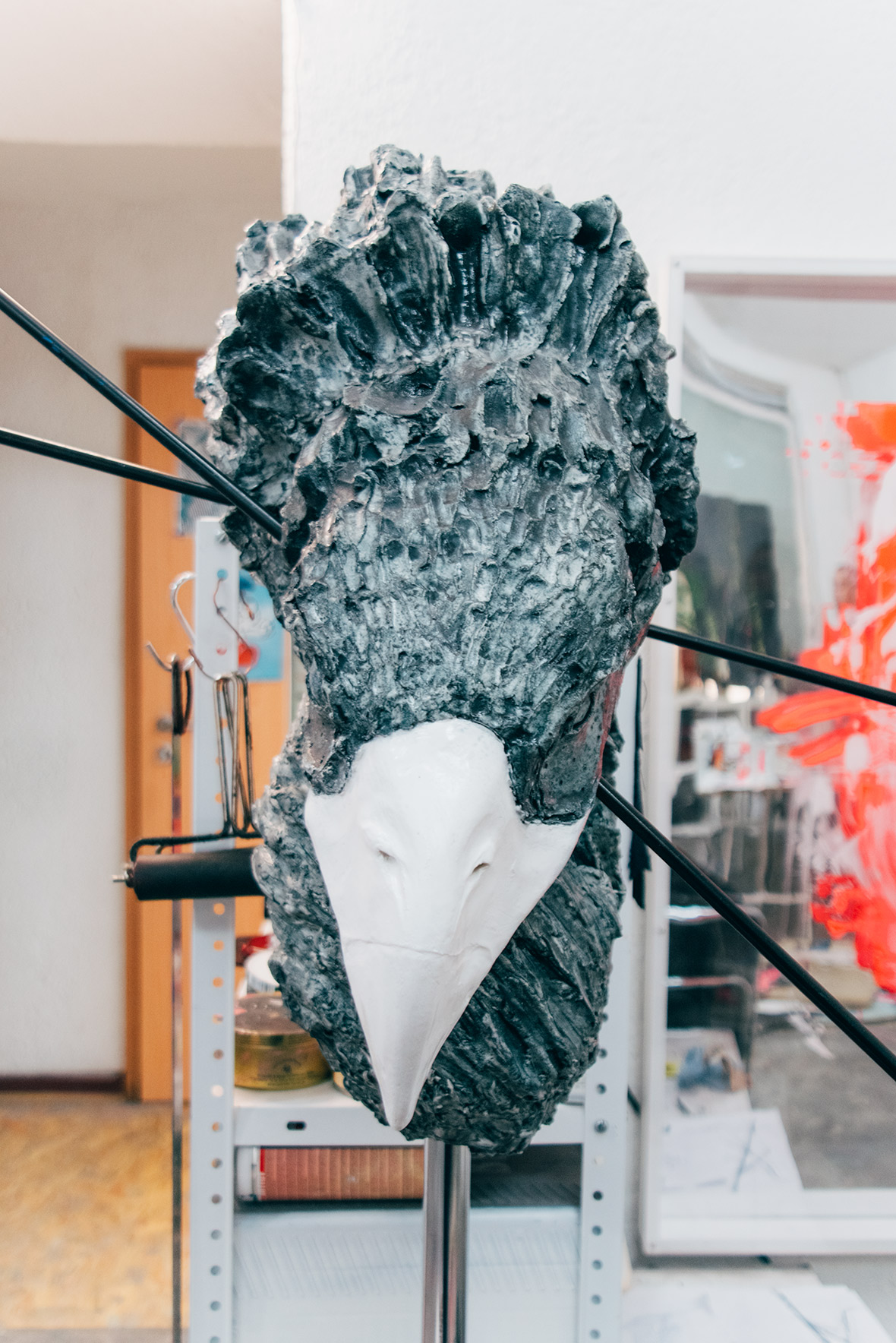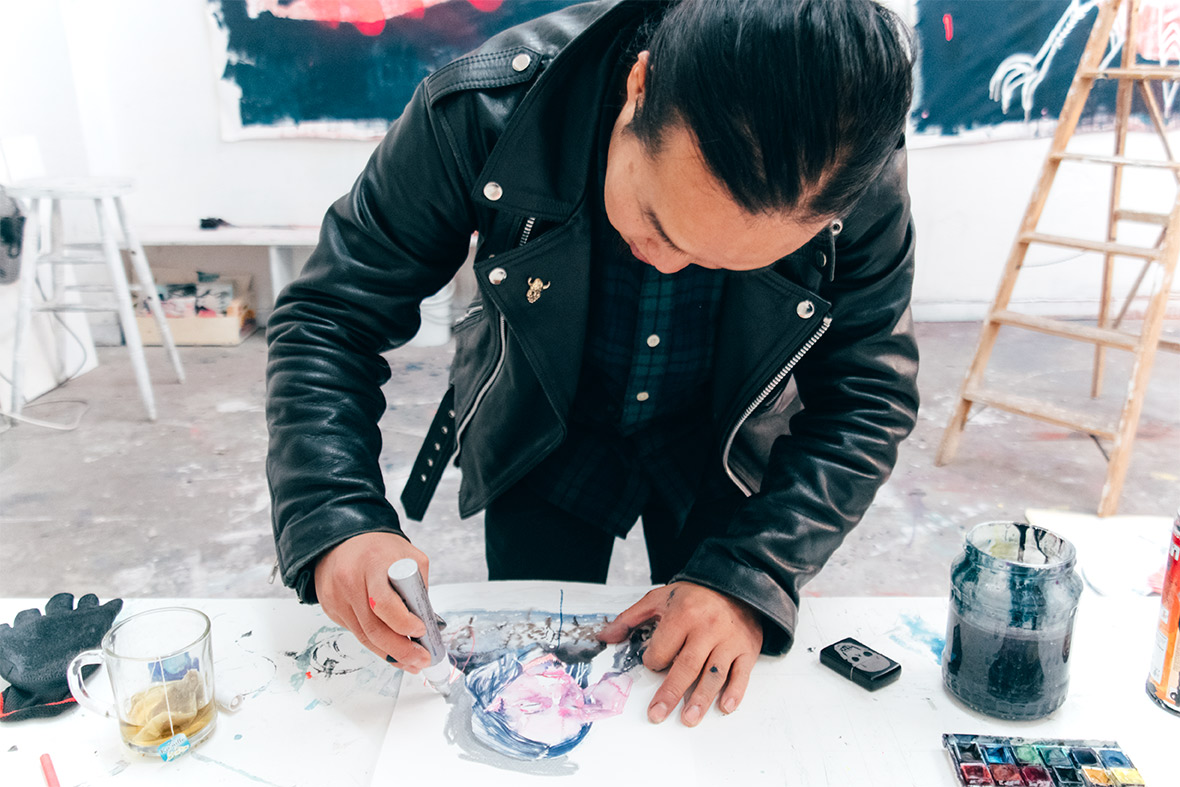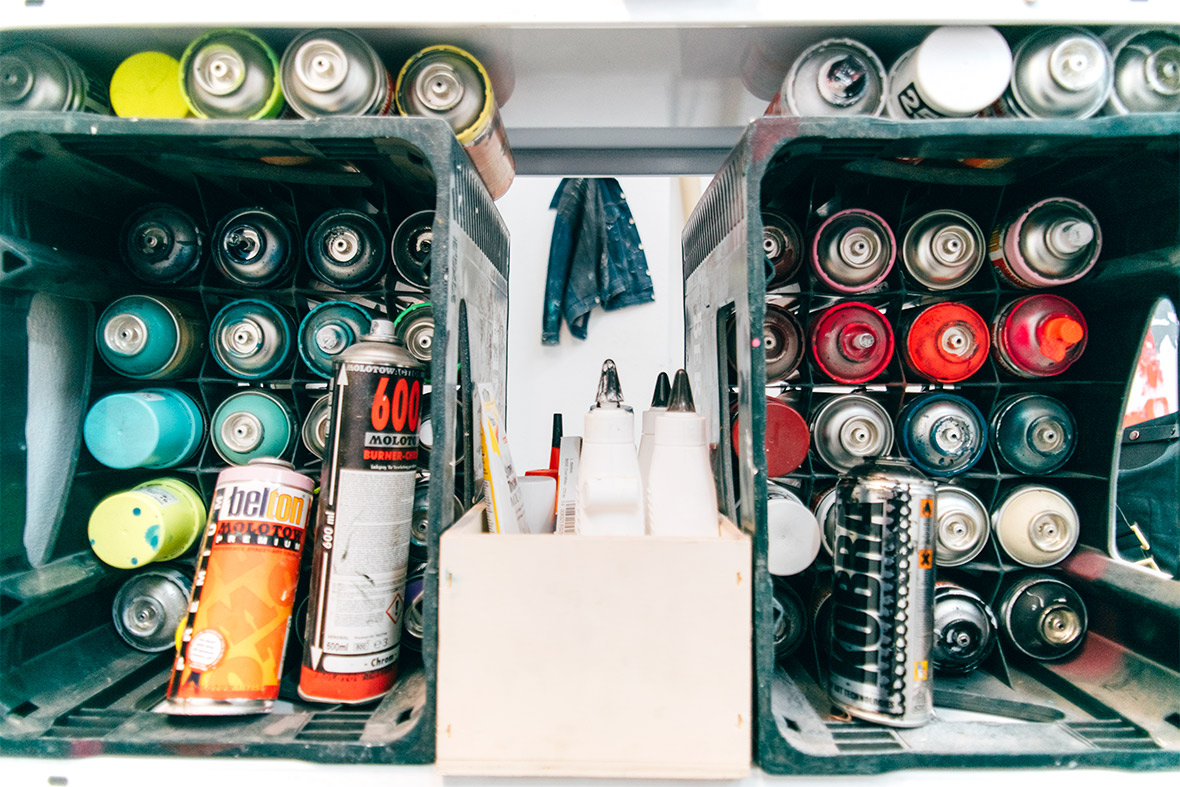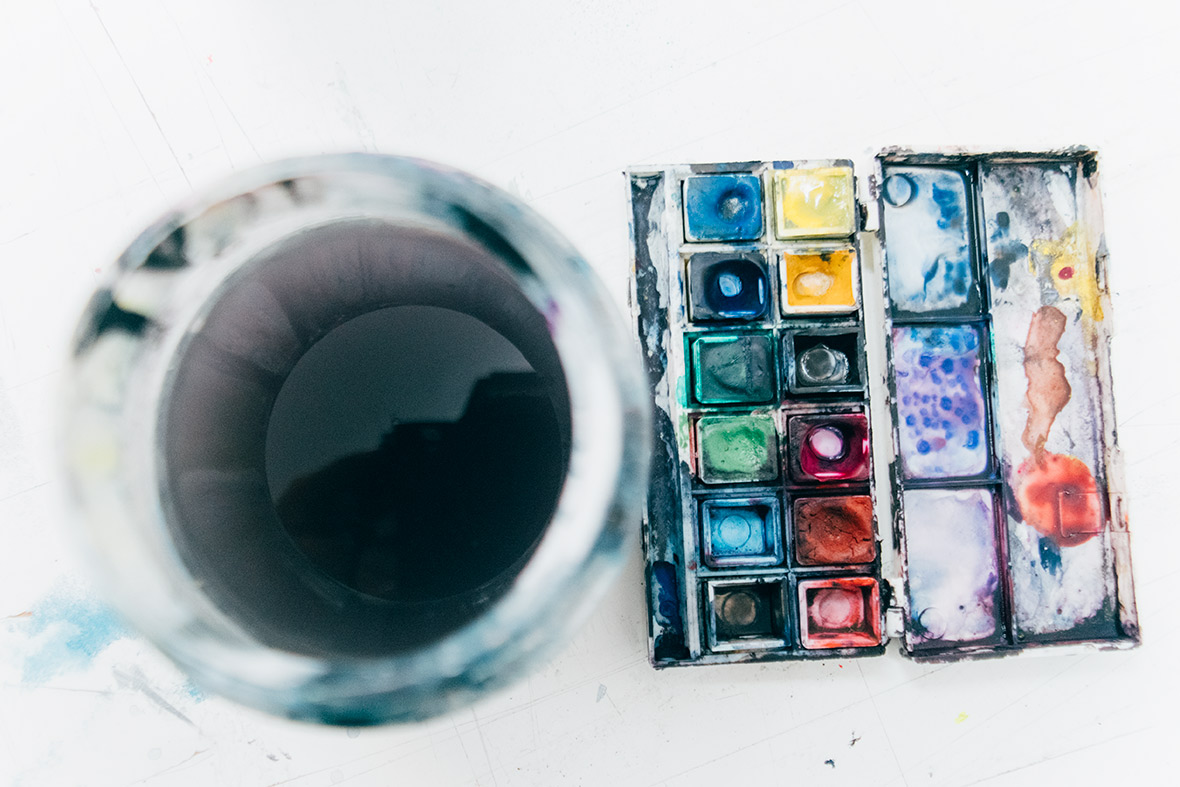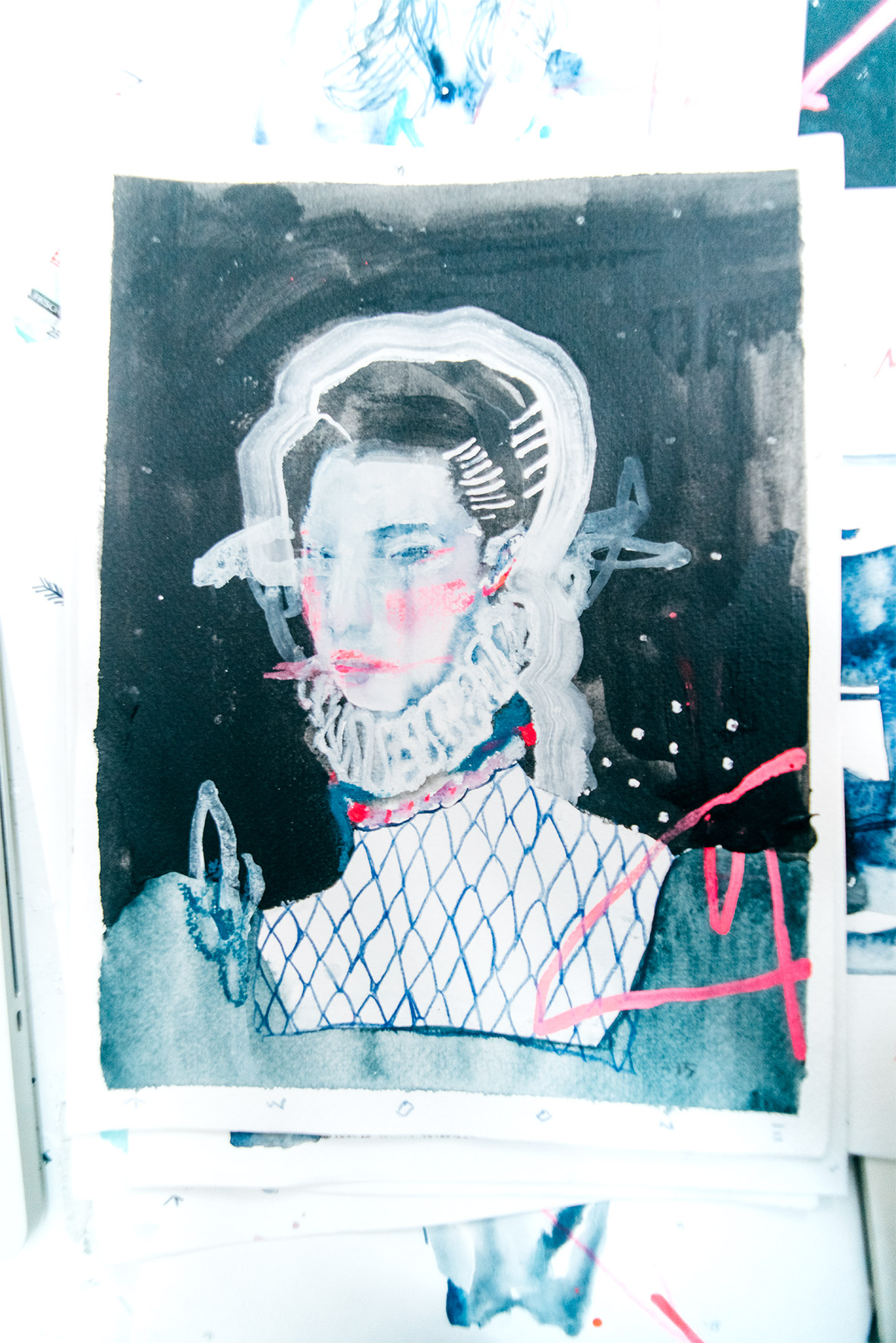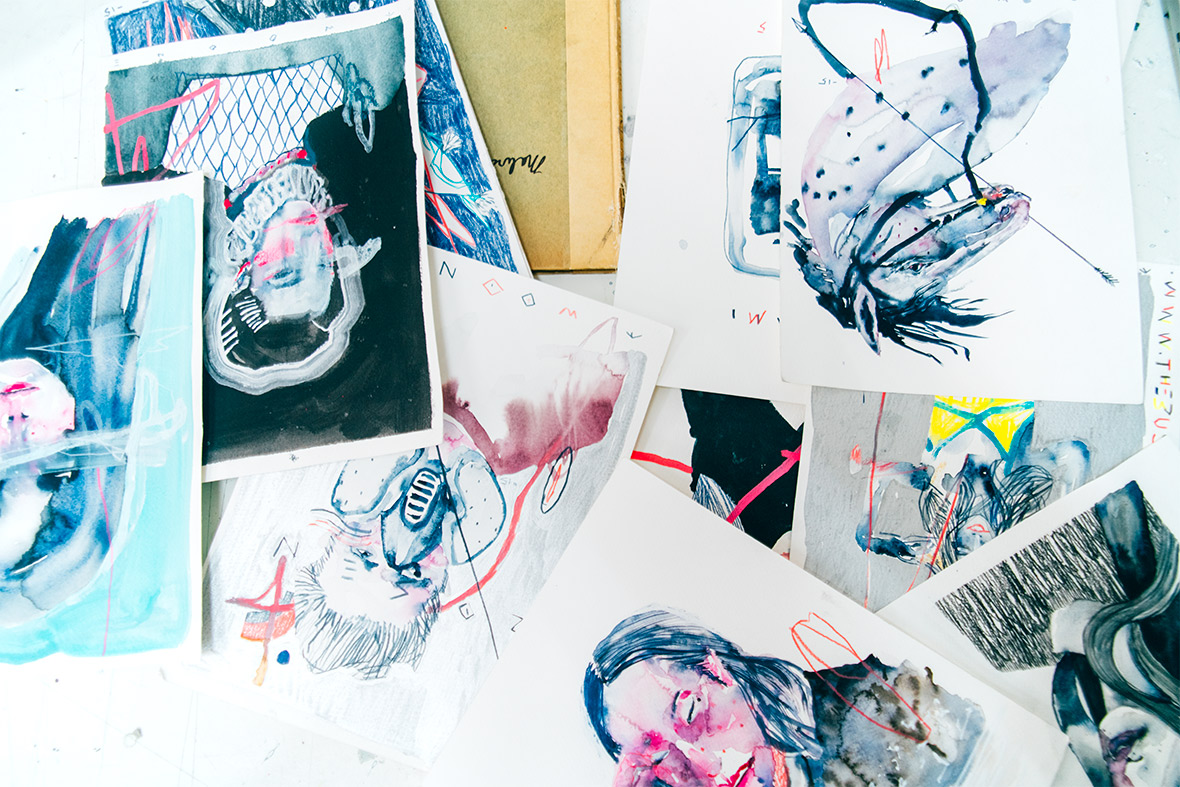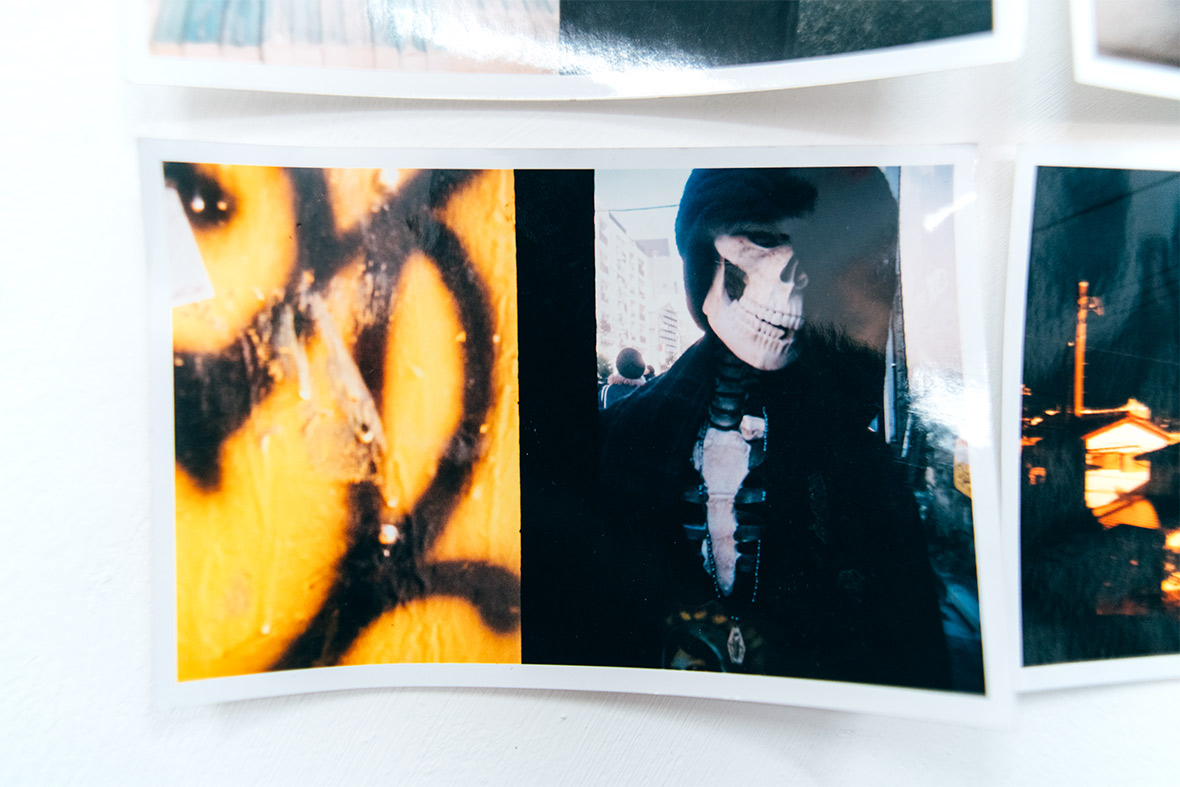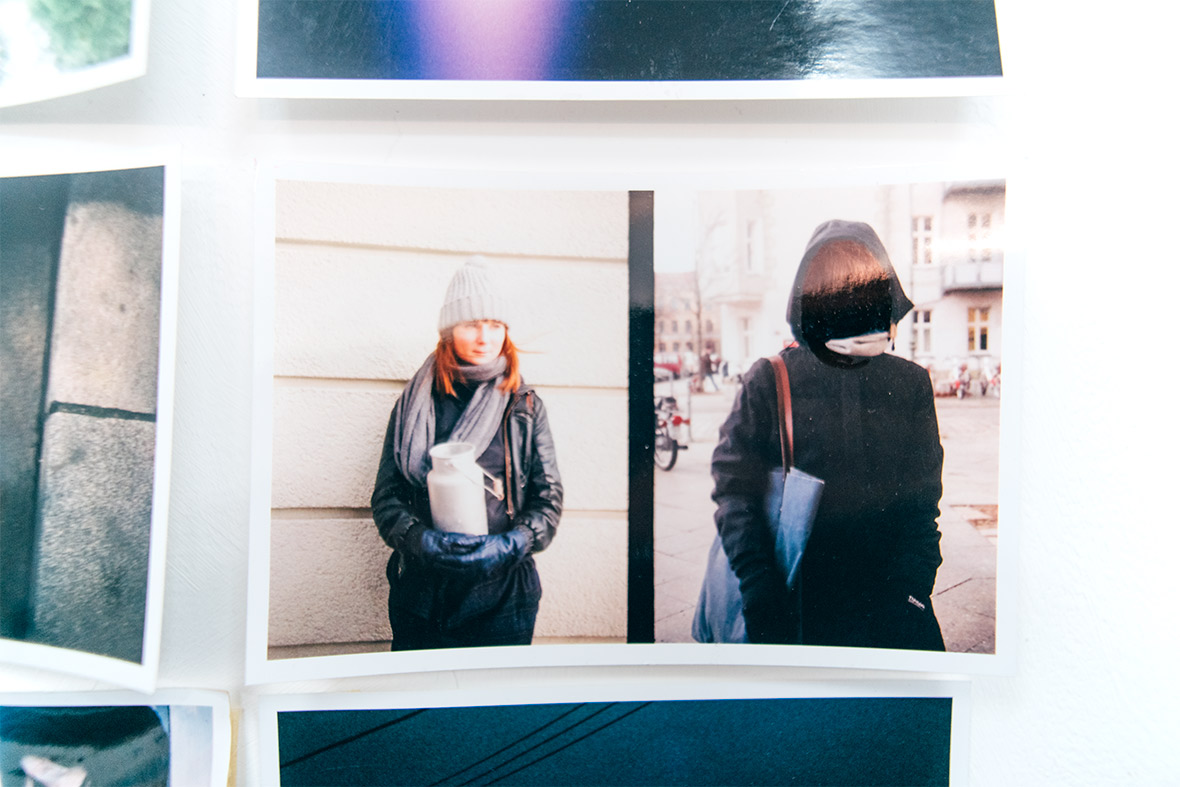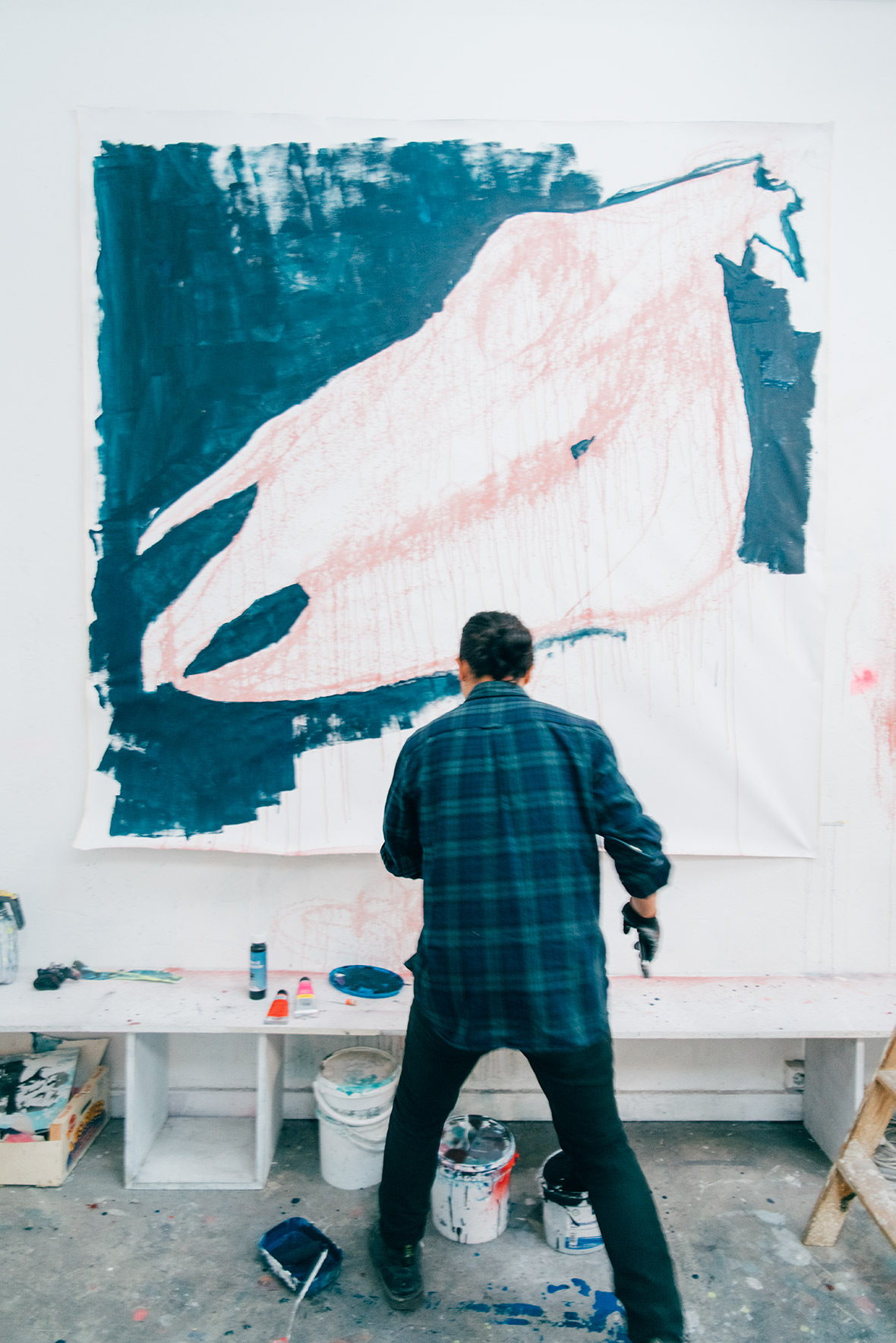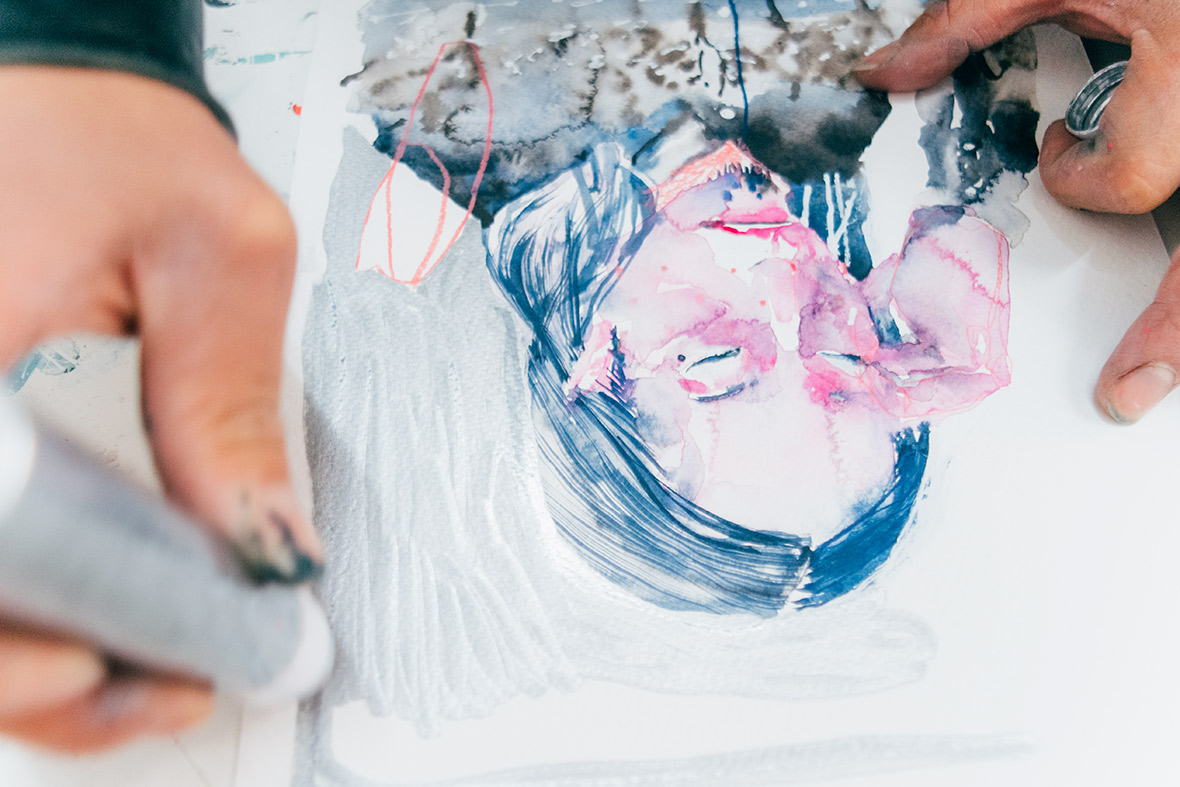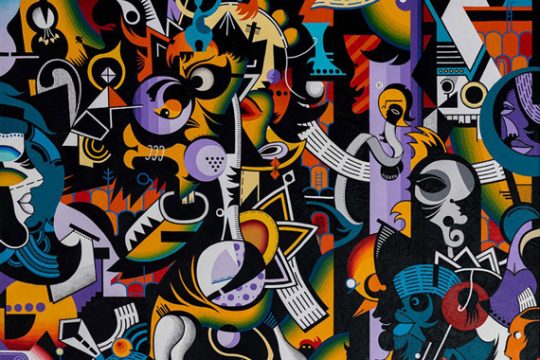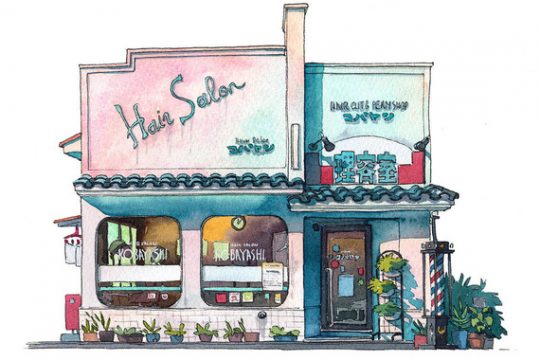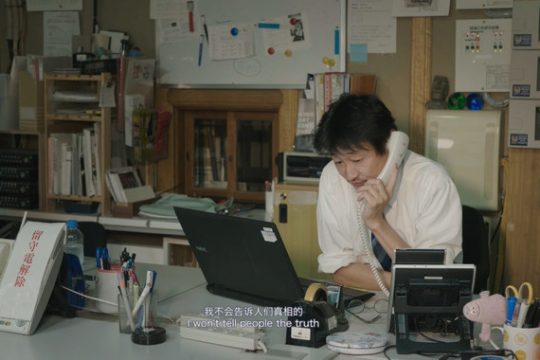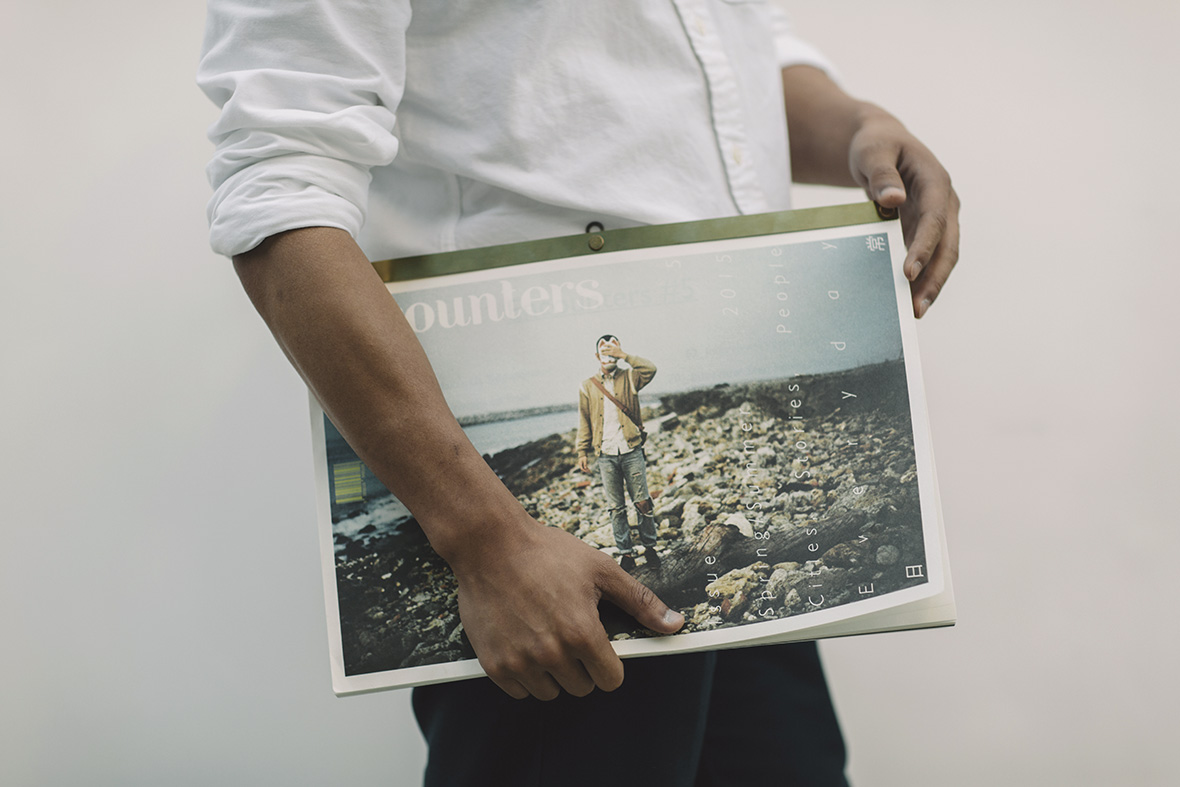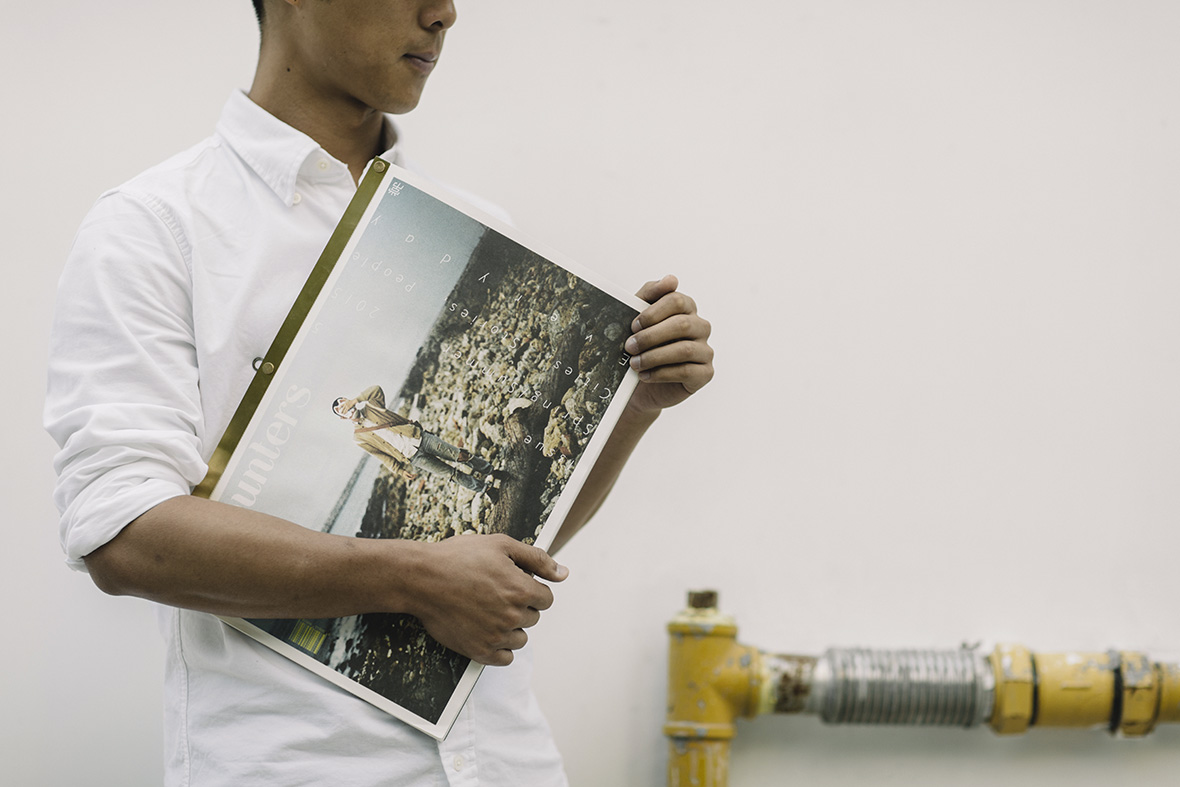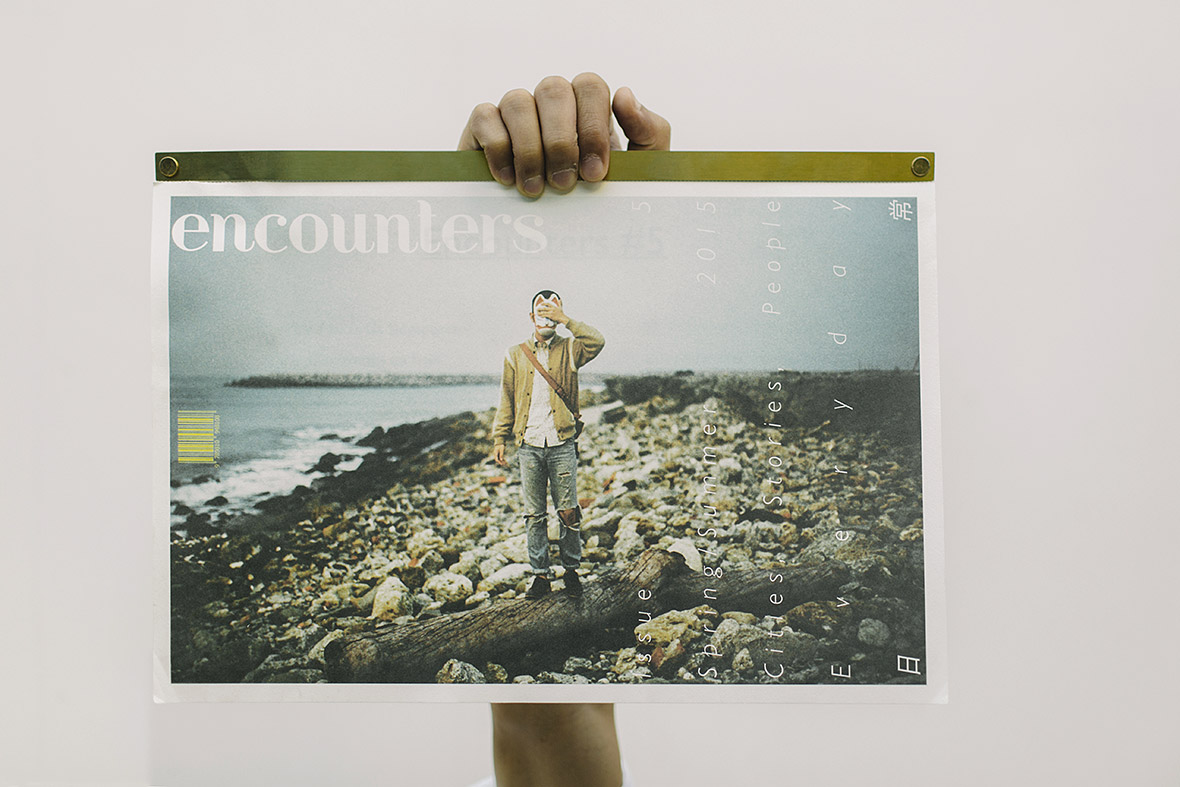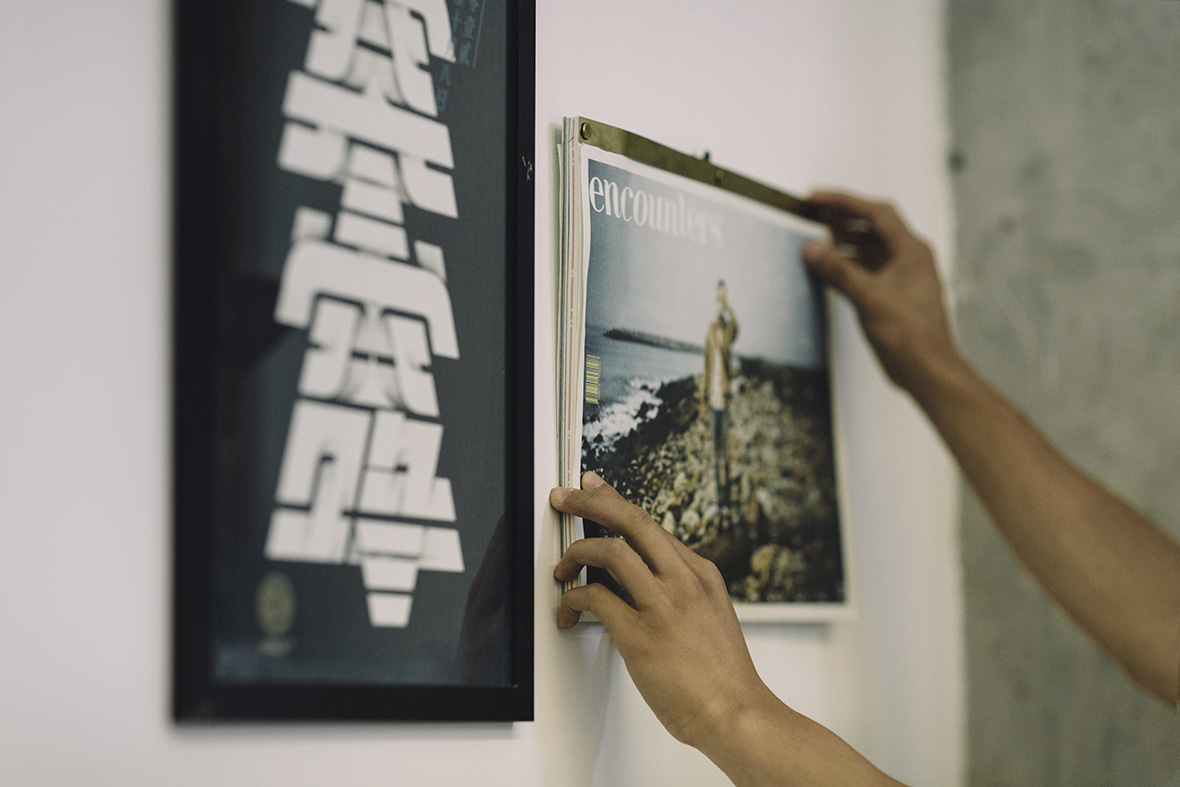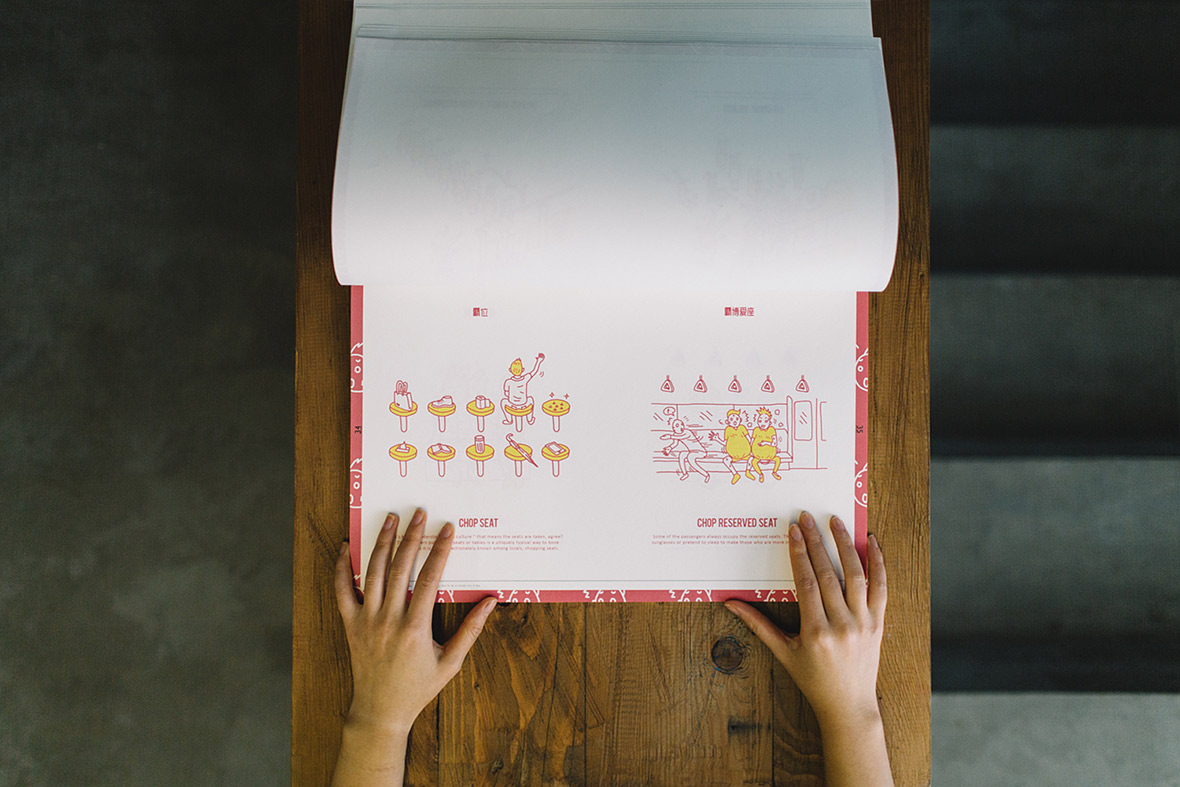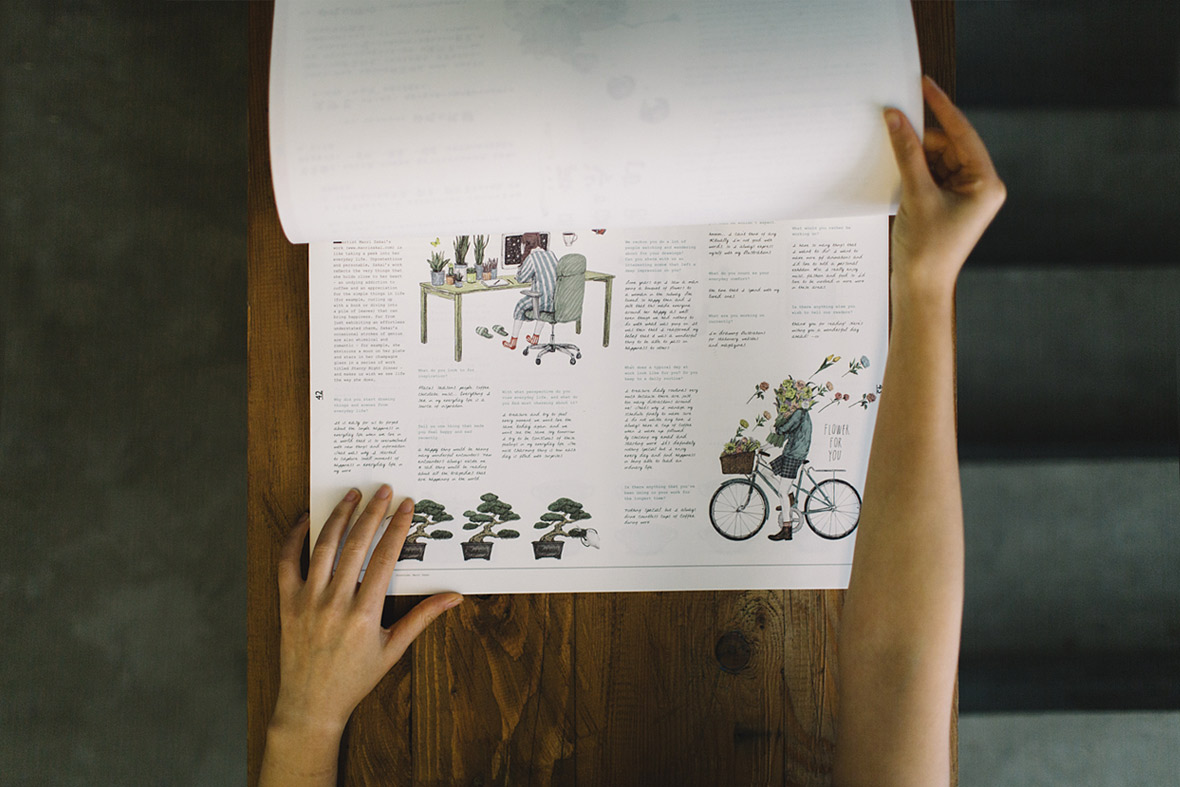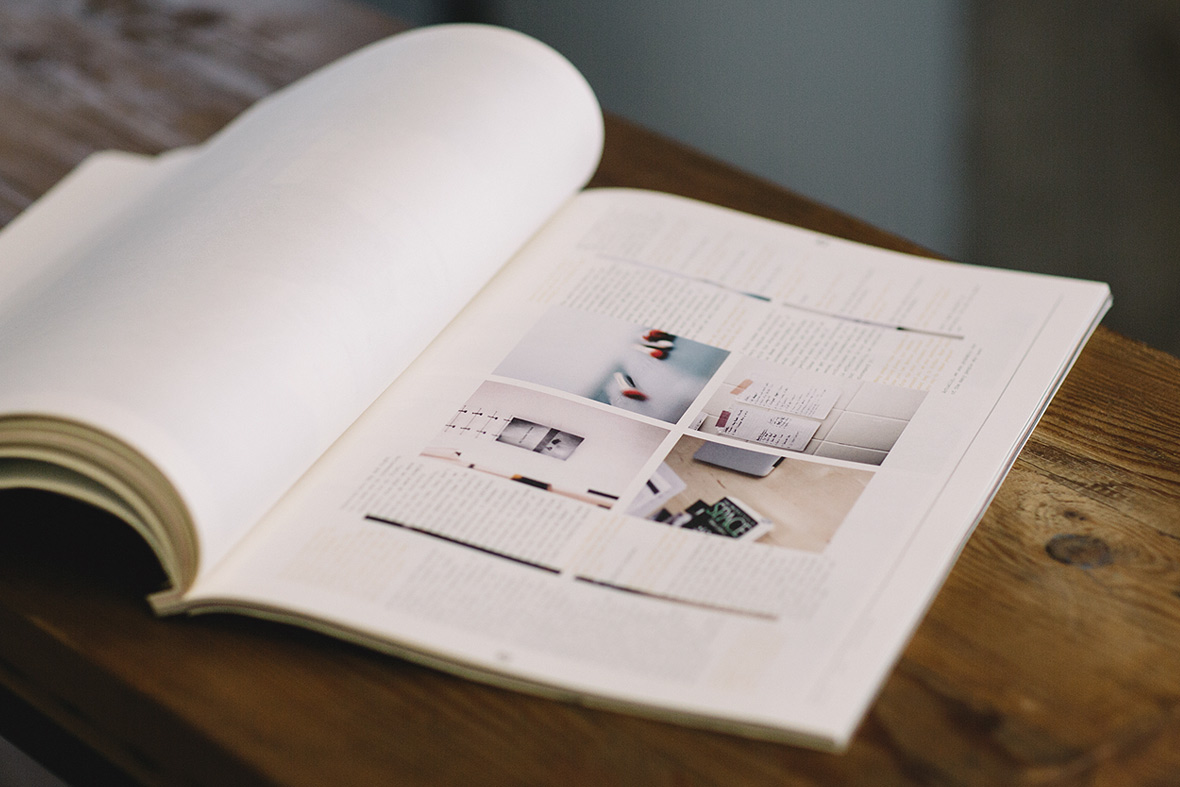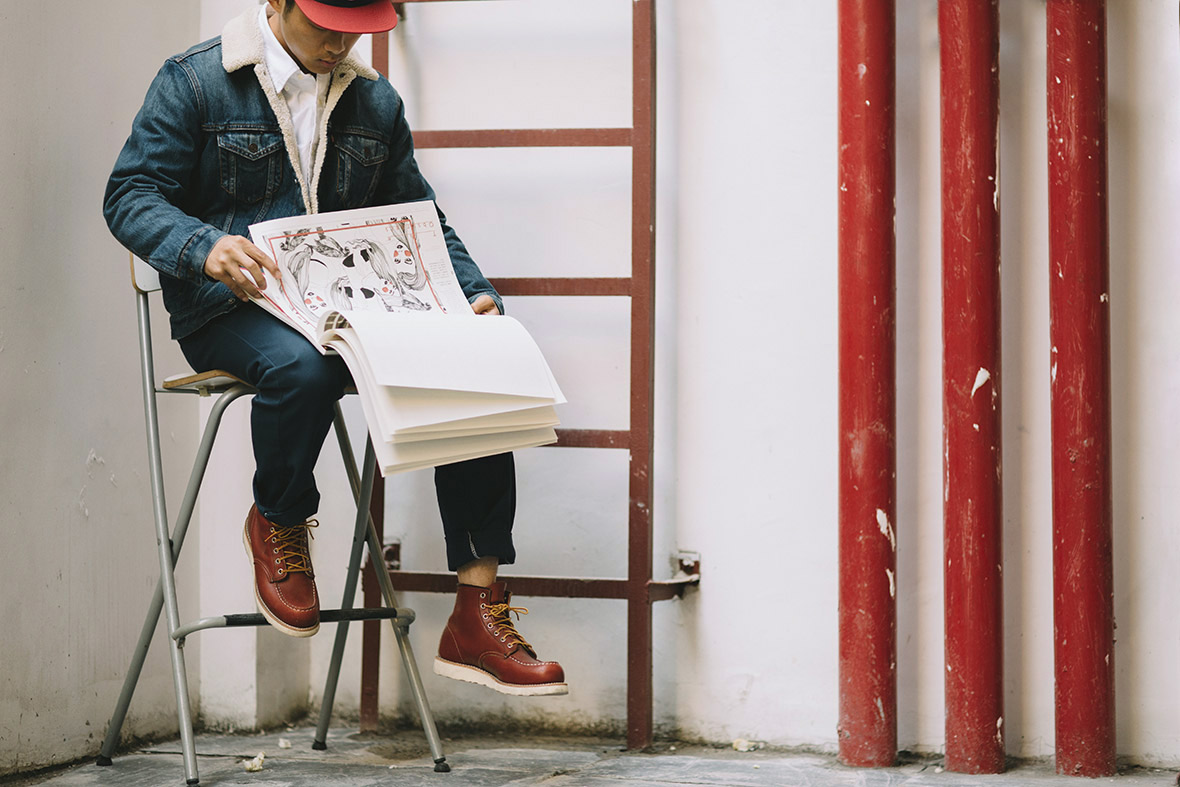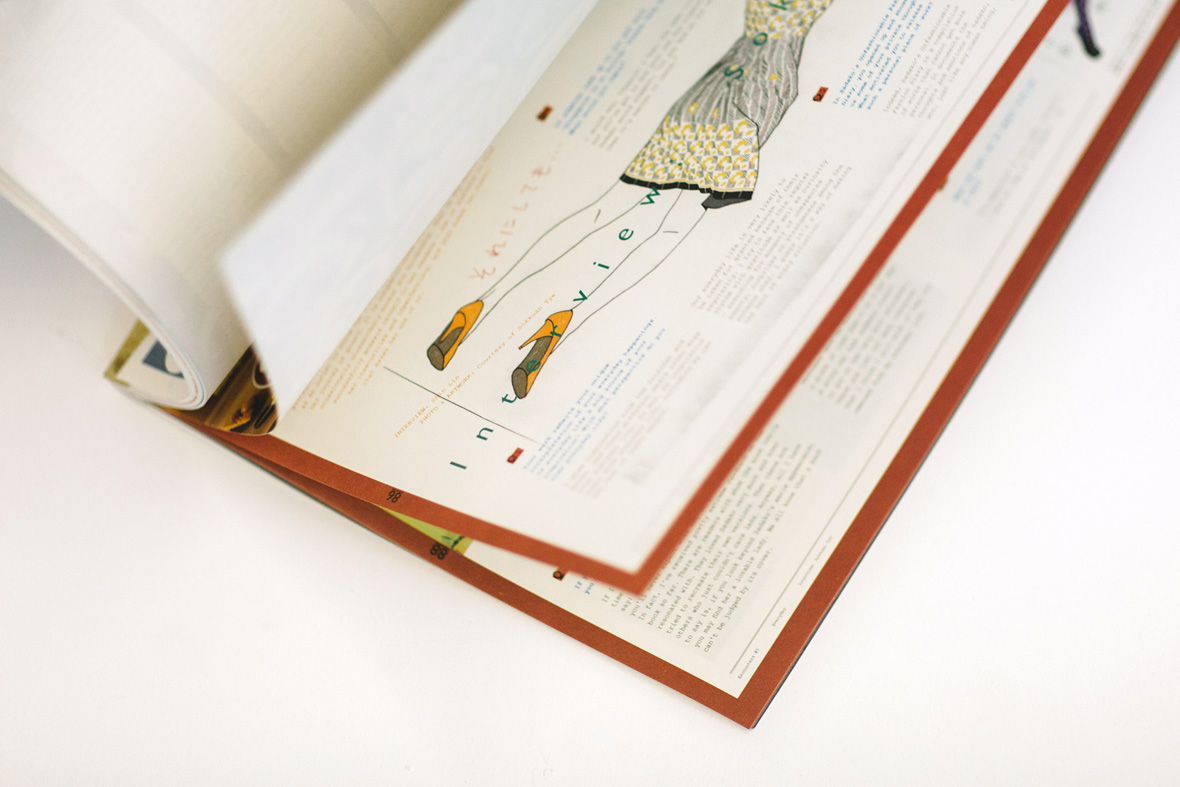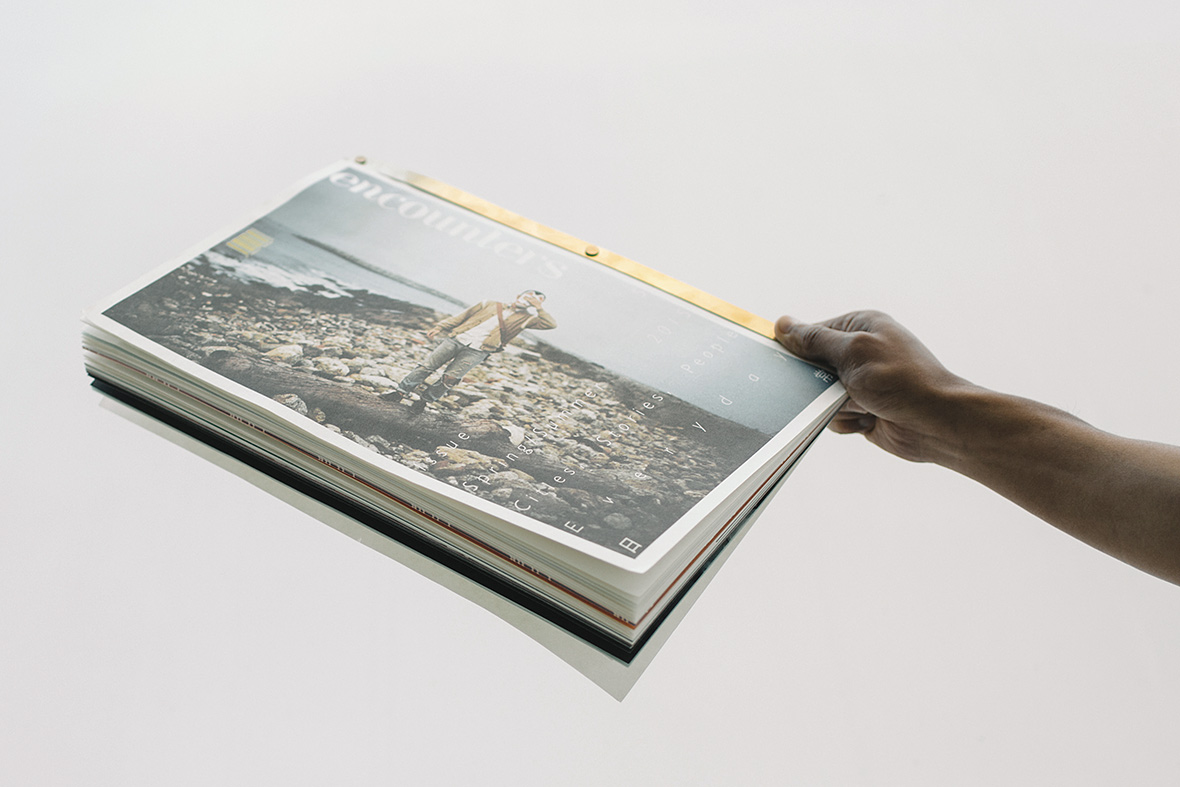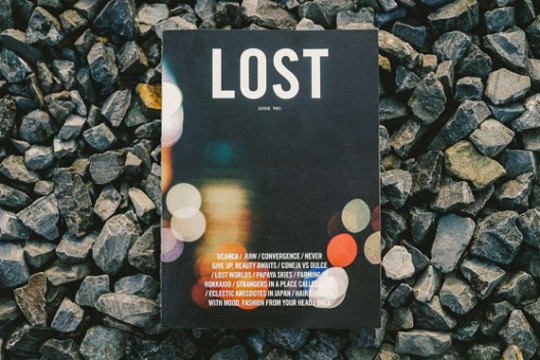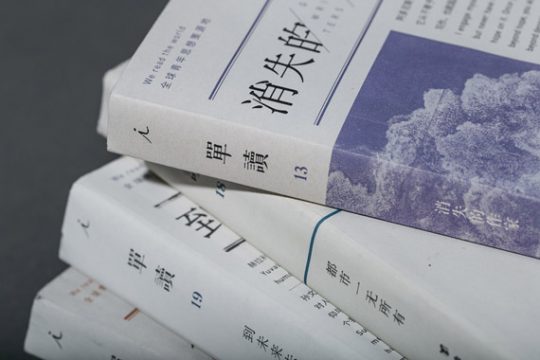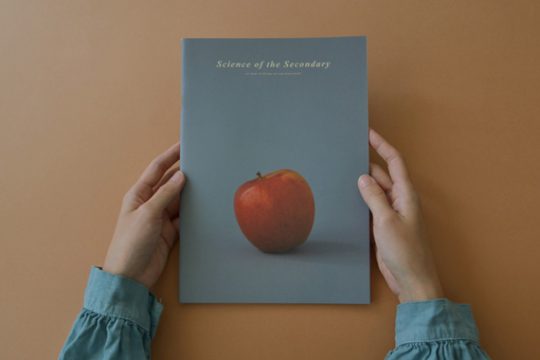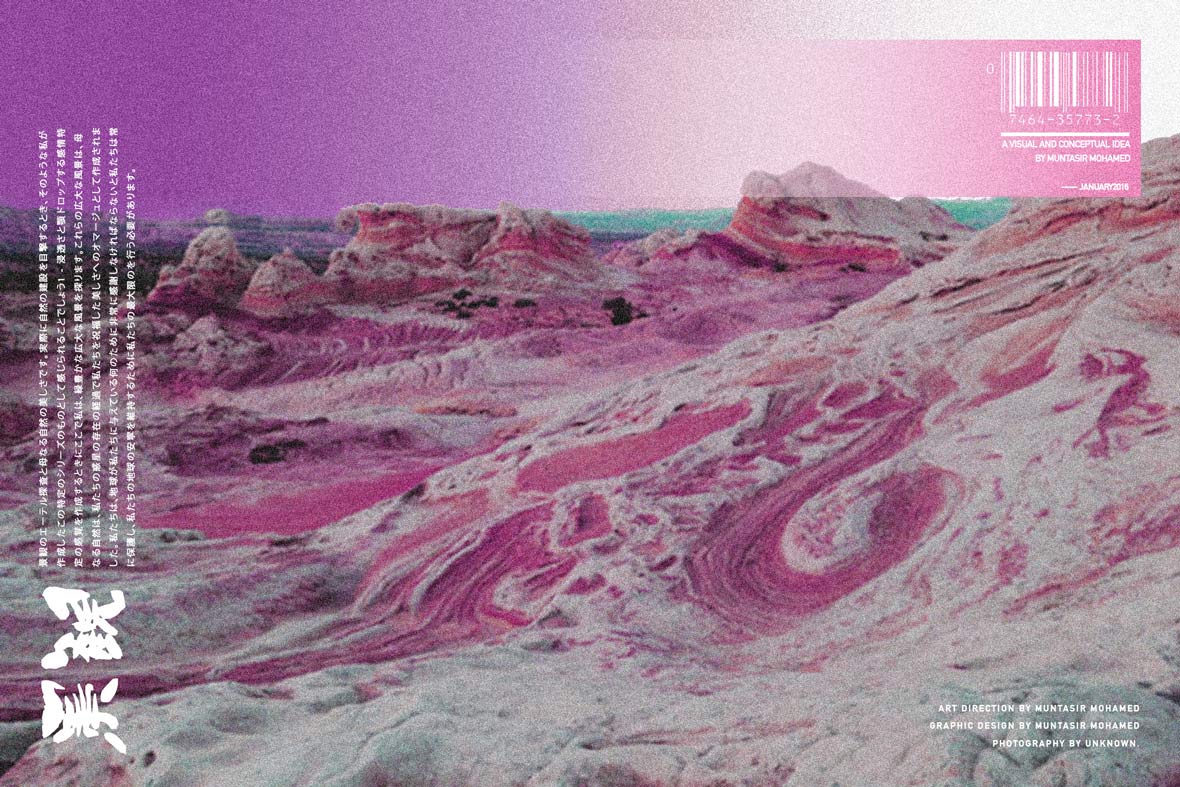
Born and raised in Kuala Lumpur, Muntasir Mohamed is a visual artist and graphic designer who specializes in making digital art. In 2015, he assumed the role of lead designer at Everyday Studios, a new creative studio founded by his friend Sharina Shahrin. Together, the two of them aspired to further advance the development of the Malaysian art scene and provide more opportunities for young emerging artists in the region. “The creative scene in Kuala Lumpur is booming now and the creatives here are making some really impressive strides with their craft. Their progression is motivation for myself to further push the boundaries of my own craft,” Muntasir says. His abstract digital creations explore a diverse range of subjects, from melting psychedelic colors, to Kanye West tribute art, to Givenchy-esque floral designs. Neocha recently had the chance to speak with this versatile artist about his creative approach and how hip-hop culture ties into his artwork.
Dilahirkan dan dibesarkan di Kuala Lumpur, Muntasir Mohamed ialah seorang artis visual dan pereka grafik. Beliau pada masa ini bekerja sebagai ketua pereka di Everyday Studios, studio kreatif yang telah diasaskan oleh rakan karib beliau, Sharina Shahrin. Kedua-dua mereka memiliki pemikiran yang sama iaitu ingin memupuk kancah seni Malaysia dan menyediakan lebih banyak lagi peluang untuk para penggiat kreatif muda di rantau ini.”Kancah dunia kreatif di Kuala Lumpur sedang berkembang mekar dan penggiat kreatif di sini, dengan karya kraf mereka, mengorak langkah yang agak mengagumkan. Melihat pada kemajuan mereka, menjadi motivasi untuk saya melebarkan sempadan seni kraf saya sendiri.” Antara hasil karya peribadi beliau, dari lukisan pemandangan yang kelihatan berasal daripada dunia lain dan cairan palet alunan warna-warna psikedelik hingga ke rekaan bunga-bungaan mirip Givenchy dan penghargaan buat Kanye West. Neocha baru-bari ini berpeluang untuk bertemu ramah dengan beliau tentang pengaruh, pendekatan kreatif dan pandangan beliau tentang budaya hip-hop.
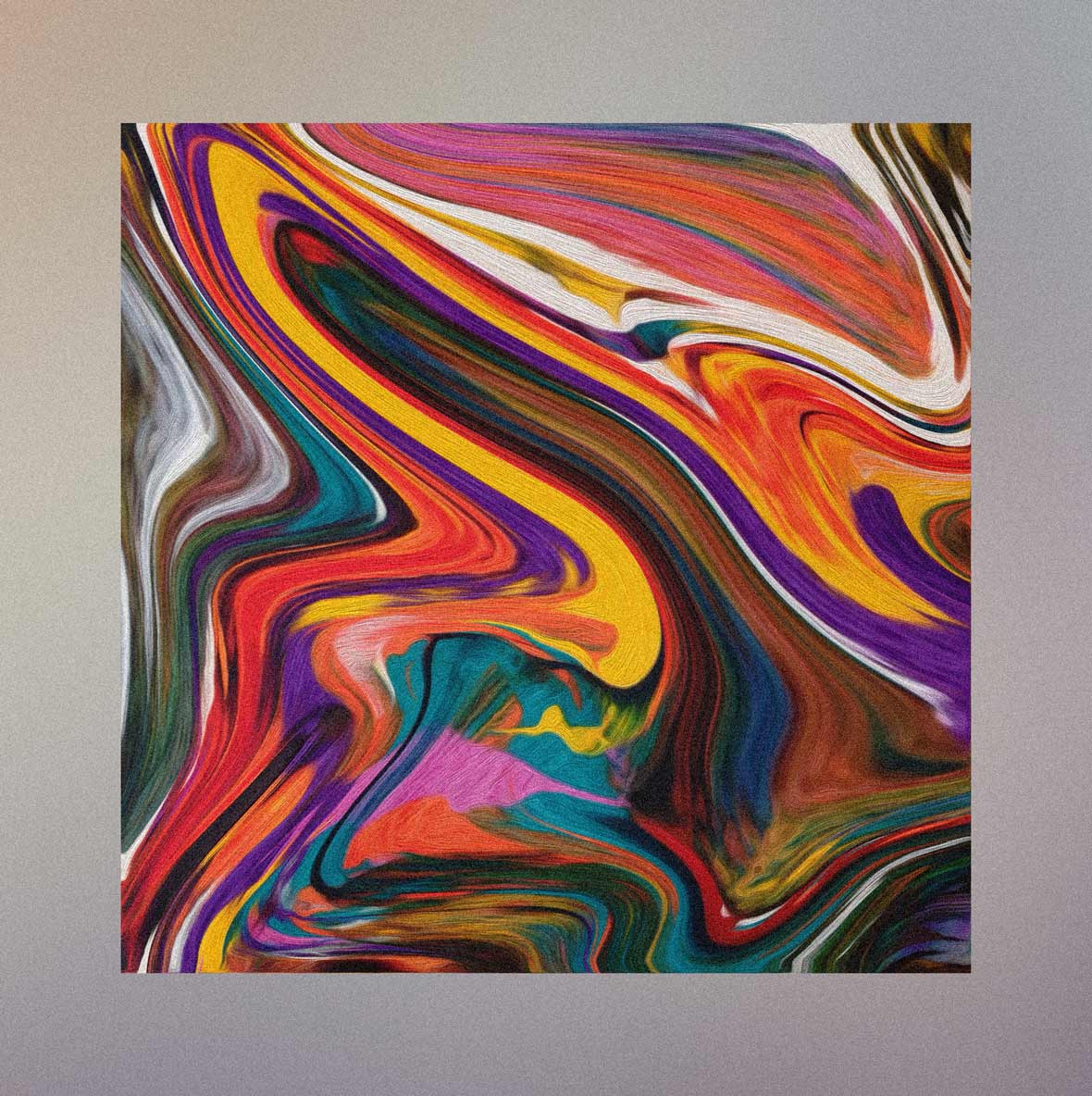
Neocha: How would you describe your own work?
Muntasir: It would be hard to describe, as my work has been constantly evolving over the last few years. As cliché as it might sound, I started making art at a very young age. I was, and actually still am heavily inspired by comics and manga art. Those were the major factors in my passionate pursuit to become an illustrator. Nowadays, my artwork is starting to take a more digital and abstract approach.
Neocha: Bagaimanakah anda memerihalkan hasil karya anda?
Muntasir: Amat sukat untuk saya huraikan, kerana hasil karya saya berubah-ubah dalam tempoh beberapa tahun ini. Bunyinya memang agak klise, tetapi saya telah mula berkarya semenjak usia muda lagi. Dahulu, dan sekarang ini juga, saya masih kuat dipengaruhi oleh seni komik dan manga. Itu merupakan faktor utama dalam kegigihan saya mengejar kerjaya sebagai seorang ilustrator. Sekarang ini, hasil seni saya sudah mula menerima pendekatan yang lebih digital dan abstrak.
Neocha: What mediums or software do you, or have you worked with in the past? What are your preferences nowadays?
Muntasir: I primarily work with Adobe Photoshop now. But creative software like Premiere Pro, After Effects and Adobe Illustrator are programs that I am constantly honing my skills in. Back when my own artwork focused more on illustration and sketching, I would use graphic pens, rendering markers, and watercolor. In the past, I have also worked with materials such as acrylic paint, spray paint, and perspex sheets.
Neocha: Apakah media atau perisian yang anda sedang atau telah gunakan pada masa lalu? Apakah kecenderungan anda pada masa ini?
Muntasir: Pada masa ini, saya banyak menggunakan Adobe Photoshop. Tetapi perisian kreatif seperti Premiere Pro, After Effects dan Adobe Illustrator ialah program yang secara berterusan saya gunakan untuk mengasah kemahiran daya. Dahulu, ketika kerja-kerja saya banyak bertumpu kepada ilustrasi dan melakar, saya menggunakan pen grafik, pen marker kemasan lukisan dan catan air. Saya juga pernah menghasilkan karya dengan media seperti catan akrilik, cat semburan, dan kepingan perspeks.
Neocha: Do you feel like there is a sense of cohesiveness in your work? Or rather a progression or change in style? How so?
Muntasir: I find that I am now going through an interesting transitional period from physical to digital when it comes to my art. I look forward to seeing where this will take me and what I can create out of it. Most of what I do comes organically to me – otherwise, I wouldn’t be confident and satisfied in what I make. Every artist has their forte or preferred style. I aim to be as versatile and flexible as possible with my creativity.
Neocha: Adakah anda merasakan terdapat kejeleketan dalam hasil karya anda? Atau mungkin kemajuan atau perubahan dalam gaya? Apakah sebabnya?
Muntasir: Saya merasakan bahawa saya melalui tempoh transisi yang menarik dari fizikal ke digital apabila memperkatakan tentang hasil seni saya. Saya menanti-nantikan untuk melihat ke mana ia akan membawa saya dan apa yang saya dapat cipta daripadanya. Kebanyakan karya yang saya hasilkan datang kepada saya secara organik – jika tidak, saya tidak berkeyakinan dan puas dengan apa yang saya telah hasilkan. Setiap artis ada kehandalan atau gaya tersendiri yang mereka gemari, saya menuju ke arah menjadi versatil dan fleksibel yang sebaik mungkin dengan daya kreativiti saya.
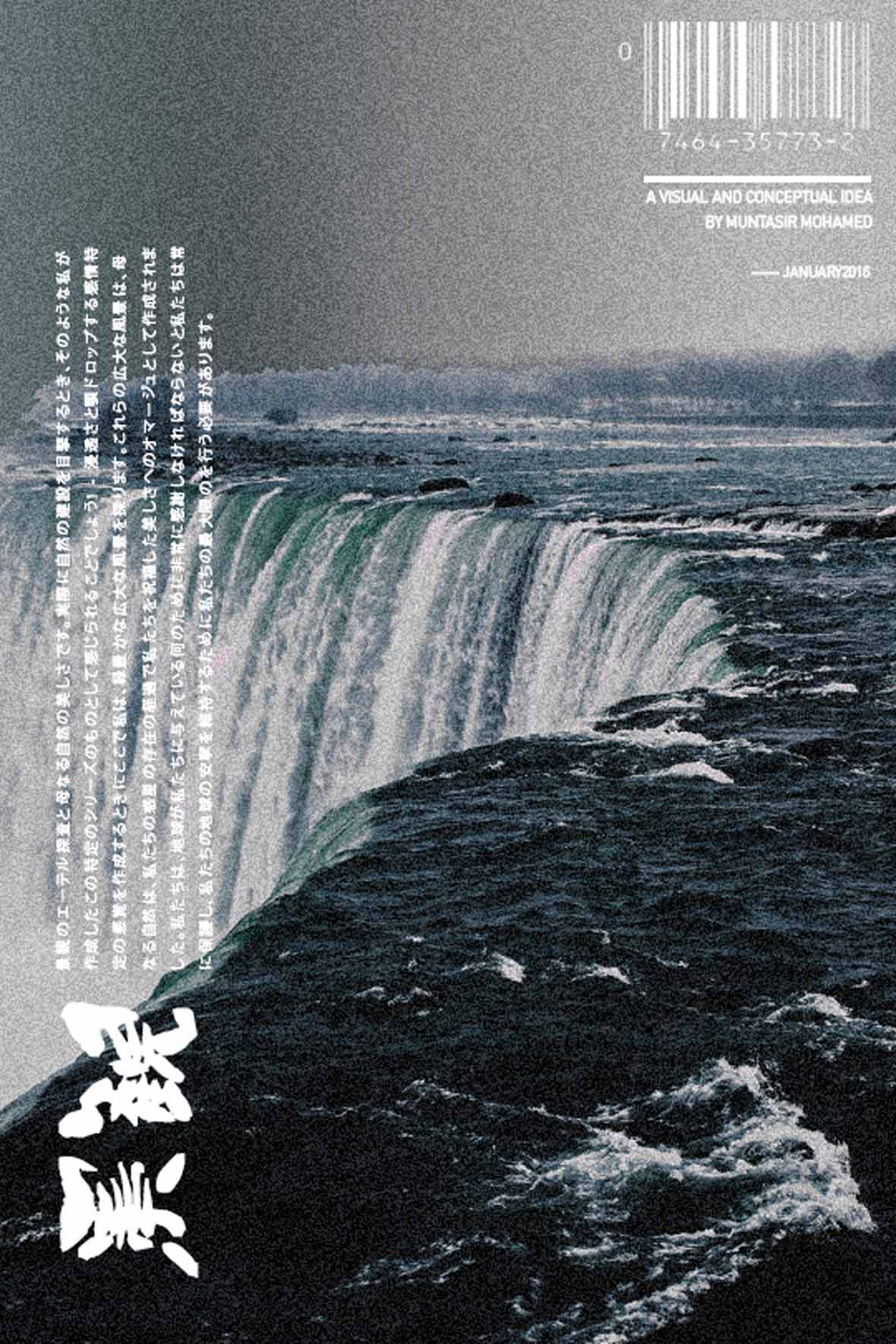
Neocha: Japan and Japanese culture in general seems to influence you a lot; for example, Japanese kanji appears on a lot of your work. Why is that?
Muntasir: Japan and its culture has always been a big inspiration when it comes to my creativity and aesthetics. I am very fond of legendary artists, like Katsushika Hokusai and Utagawa Hiroshige. The detail and craftsmanship that went into their works were something to behold, and made me even more interested in the world of Japanese art. Anime is another major factor in the growth of my artistic career. I grew up as a huge fan of Dragon Ball Z. When I was younger, I would find myself drawing the characters, which usually turned out horrendous. But it helped me to hone and improve on my illustrative skills.
Neocha: Negara dan budaya Jepun nampaknya muncul dengan kerap dalam hasil karya anda. Apakah pengaruh di sebaliknya ke atas anda?
Muntasir: Negara Jepun dan budayanya memang selama ini telah menjadi inspirasi besar saya apabila memperkatakan tentang kreativiti dan nilai estetika saya. Saya amat cenderung dengan artis legenda seperti Katsushika Hokusai dan Utagawa Hiroshige. Ketelitian dan ketrampilan yang diterapkan dalam hasil karya mereka adalah sesuatu yang mengasyikkan untuk diamati, dan membuatkan saya lebih berminat tentang dunia seni Jepun. Anime ialah satu lagi faktor dalam perkembangan kerjaya seni saya. Saya membesar sambil menjadi peminat tegar Dragon Ball Z. Semasa saya muda, saya terjurus untuk melukis watak-wataknya, yang mana kebiasaannya hasilnya memang teruk. Tetapi, ia juga telah membantu saya mempertajamkan dan menambah baik kemahiran mengilustrasi saya.
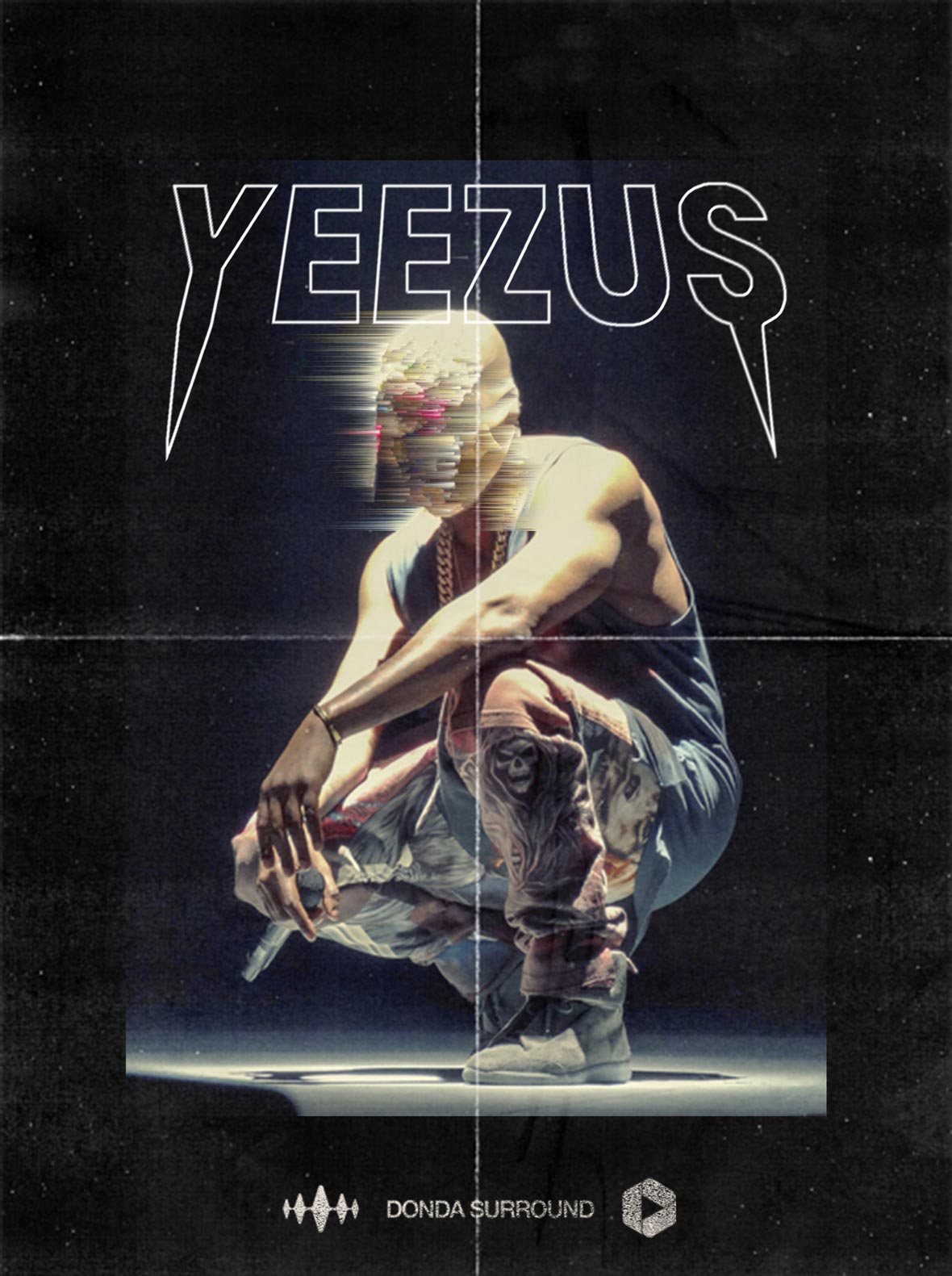
Neocha: Hip-hop culture is also clearly prominently in your work. When did you become interested in hip-hop and what drew you to hip-hop culture?
Muntasir: Hip-hop has played a major role in my life since I was very young. I was exposed to hip-hop by my brother, who was a really big fan of Tupac Shakur. I have always been fascinated by the lifestyle surrounding hip-hop and rap. A lot of us are usually reminded of the negative aspects perpetuated by hip-hop culture, but you have to remember that the lifestyle has also bred some of the most creative and inspiring individuals. What I love about hip-hop is that it keeps me motivated and constantly inspired.
Neocha: Budaya hip-hop nampaknya tertera dengan jelas dalam hasil karya anda. Bilakah anda mula meminati hip-hop dan apakah yang menarik anda ke arah budaya hip-hop?
Muntasir: Hip-Hop telah memainkan peranan besar dalam hdup saya semenjak saya kecil lagi. Hip-hop telah diperkenalkan kepada saya oleh abang saya yang merupakan peminat tegar Tupac Shakur. Saya memang selama ini teruja dengan gaya hidup berkisar dalam hip-hop dan rap. Kebanyakan kita biasanya diberi peringatan tentang aspek-aspek negatif yang dipaparkan oleh budaya hip-hop, tetapi kita harus ingat bahawa gaya hidup ini telah melahirkan individu-individu yang paling kreatif dan penuh inspirasi. Apa yang saya suka tentang hip-hop adalah ia membuatkan saya bermotivasi dan secara berterusan memberi saya ilham.
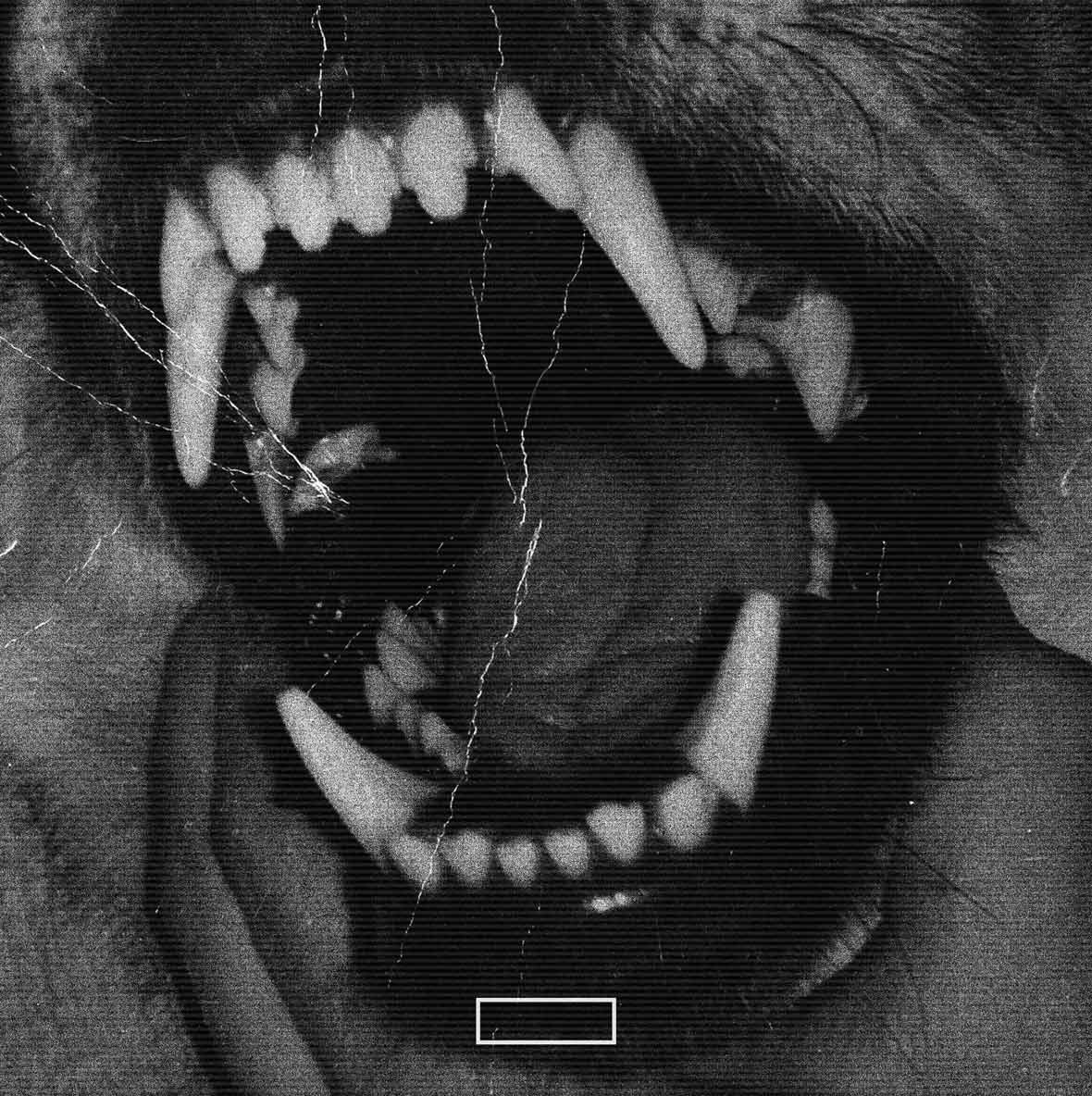
Neocha: How would you describe the state of hip-hop culture in Kuala Lumpur?
Muntasir: Hip-hop culture has been a driving factor in the youth of Kuala Lumpur for a very very long time. Take a walk in the busy streets of Kuala Lumpur and it is evident that hip-hop is a culture that is perpetuated through the youth. For many years, we’ve had a number of rappers that set the standard in the music industry out here. These individuals have birthed the influx of young talented musicians making wavy music over the last few years. It’s very exciting to see.
Neocha: Bagaimanakah anda memerihalkan suasana budaya hip-hop di Kuala Lumpur?
Muntasir: Budaya hip-hop telah menjadi faktor yang memacu muda-mudi Kuala Lumpur sejak sekian lama lagi. Cubalah bersiar-siar di sepanjang jalan yang sibuk di Kuala Lumpur dan memang jelas sekali hip-hop ialah budaya yang telah meresapi jiwa muda-mudi ini. Semenjak bertahun-tahun lamanya, kita telah ada sebilangan rapper yang menetapkan standard dalam industri muzik di sini. Individu-individu ini telah melahirkan dengan banyaknya ahli muzik muda yang berbakat yang menghasilkan muzik beralun sepanjang beberapa tahun yang lepas. Amat teruja untuk disaksikan.
Neocha: What are your plans for the future? Are there any upcoming projects?
Muntasir: There are so many things I want do and achieve in my life as a visual artist. I was recently made the creative director for an up-and-coming clothing brand, which has always been a dream of mine. It has been an absolute pleasure to work with the brand so far. I wish I could say more, but where’s the fun in that?
Neocha: Apakah rancangan anda untuk masa depan? Adakah apa-apa projek yang bakal dilaksanakan?
Muntasir: Ada banyak perkara yang saya ingin lakukan dan capai dalam hidup saya sebagai artis visual. Baru-baru ini saya telah dilantik sebagai pengarah kreatif untuk jenama pakaian yang baharu dan sedang naik, yang sentiasa menjadi impian saya. Sesungguhnya, saya berasa amat seronok bekerjasama dengan jenama ini setakat ini. Saya harap ada banyak lagi yang saya boleh katakan, tetapi, tidak seronoklah begitu, bukan?
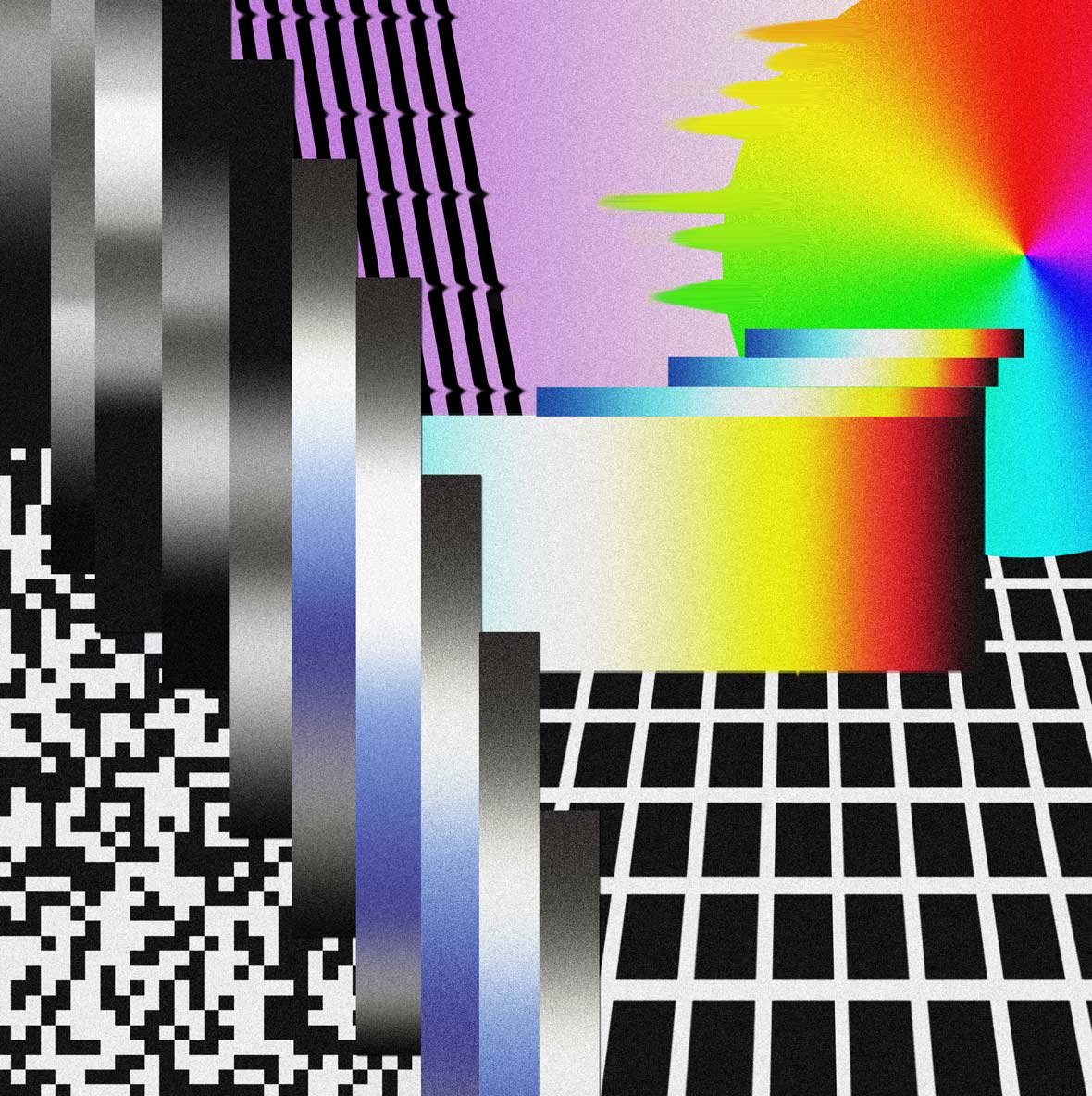
Behance: ~/MuntasirMohamed
Instagram: ~/MuntasirMohamed
Behance: ~/MuntasirMohamed
Instagram: ~/MuntasirMohamed

